A grow tent provides the ideal controlled circumstances to support plants, but managing humidity can be a challenge. Humidity levels significantly contribute to plant growth, but what occurs when they increase too much? Several growers question, “Can I put a dehumidifier in my grow tent” The answer is a big yes! Installing a dehumidifier in your grow tent is a turning point to regulate ideal humidity levels.
When you keep moisture under control, you protect your plants against diseases and foster healthy growth. Also, it helps avoid mold, mildew, and pest outbreaks, ensuring your plant has every chance to nurture. This guide will walk you through the significance of humidity management in grow tents, how dehumidifiers function in grow tents, and the best placement and maintenance practices to confirm maximum output. Even if you’re searching for a small dehumidifier for a grow tent or a more powerful industrial-grade dehumidifier, we’ve got you covered.
Why Humidity Control is Crucial in a Grow Tent?
For indoor growers, it’s necessary to control humidity or the quantity of water vapor in the air. This is because humidity impacts the growth of plants both positively and negatively if left unchecked.
Impact of High Humidity on Plants: High humidity in a grow tent generates an atmosphere favorable for mold and mildew expansion. This can destroy your plants. Also, excess dampness catches pests such as spider mites and fungus insects, which grow in humid situations. Additionally, raised humidity can lower nutrient penetration, blocking plant growth and compromising yields. Besides, it hinders the estimates of evapotranspiration ( a method through which plants discharge water content in the air). This shows that plants are low at adjusting their internal temperature.
Benefits of Optimal Humidity: Keeping correct humidity levels fosters robust, healthier plants. It improves nutrient absorption, prevents diseases, and guarantees strong root development. Once the humidity is steady, plants can concentrate their power on growth and flowering. A grow tent dehumidifier plays a key role in developing this best environment.
Role of Dehumidifiers: Grow tent dehumidifiers are a powerful tool for managing humidity in grow tents. This equipment extracts extra moisture from the air, lowering the possibilities linked with high moisture levels. Innovative alternatives such as crawlspace, basements, and commercial dehumidifiers are perfect for growing tents of all sizes. Even if you’re handling a small setup or a bigger grow operation, a trustworthy dehumidifier for grow tent usage ensures your plants stay in the best conditions.
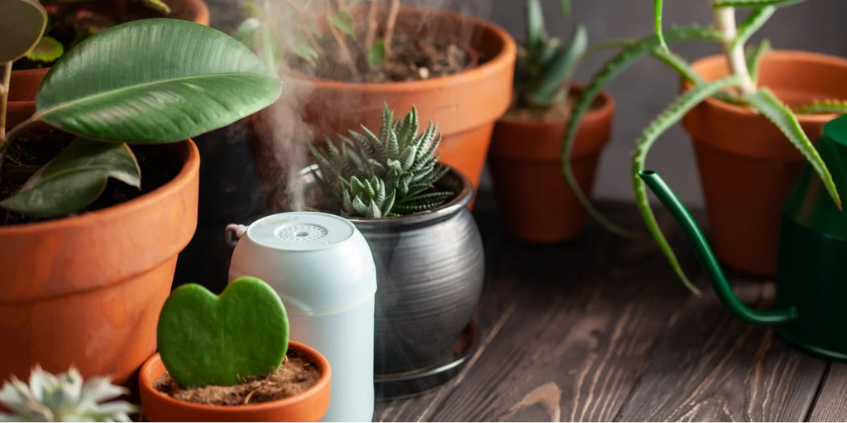
Can I Put a Dehumidifier in a Grow Tent?
The short answer to ‘Can I put a dehumidifier in a grow tent’ is yes! Putting a dehumidifier in your grow tent is one of the most effective ways to control excessive moisture. It actively pulls out humidity, keeping your plants protected from usual problems such as mold, mildew, and slow growth.
How does a dehumidifier work? Dehumidifiers function by capturing air from the grow tent, extracting dampness, and secreting dried-up air back into the area. This continuous cycle makes sure humidity levels remain within the target range. Advanced dehumidifiers accompany built-it hygrometers, letting you observe and regulate settings for accuracy.
There are several advantages of investing in a dehumidifier for a grow tent. Below is the detail:
Consistent Growth Conditions: Keeping a balanced environment is a necessity for plant well-being and growth. The best dehumidifier for grow tents confirms persistent humidity levels, avoiding dangerous fluctuations. Without one, an unexpected increase in humidity can cause condensation. This promotes diseases such as root rot and powdery mildew. An environmental balance allows plants to focus on growth instead of surviving the worst states.
Improved Air Quality: Greater humidity develops the ideal atmosphere for airborne pollutants like mold germs, mildew, and bacteria to grow. By lowering extra humidity, a grow tent dehumidifier assists in keeping the air fresh and healthy for the plants. Fresher air decreases the risks of disease spreading making sure your plants stay pest-free and bright.
Versatility: Dehumidifiers are available in several sizes, providing formulas for any framework. A small dehumidifier for a grow tent is best for confined areas, while bigger commercial dehumidifiers can tackle more vast grow operations.
Increased Yields: Humidity contributes to plant metabolism and growth. When conditions are excellent, the plants can take nutrients more efficiently and grow robust. This translates into the finest crops and boosted yields.
What Size Dehumidifier Works Best for Grow Tents?
The key to attaining the best humidity level is to select the correct size of dehumidifier for the grow tent. A dehumidifier that’s too little might struggle to manage humidity. However, an oversized model can over-dry the air, upsetting your plants. Therefore, when choosing a grow tent dehumidifier, you’ll need to consider:
Tent Size: For the tent size, calculate the square footage of your grow tent. Typically, smaller tents demand compact units such as a small dehumidifier for grow tent layouts, while bigger grow rooms might require powerful options.
Moisture Levels: Evaluate how much humidity your plants and tools make every day. For high-humidity settings, you’ll require the best dehumidifier for grow tent with a higher pint capacity.
Climate: In case you live in a damp area, your dehumidifier will have to operate harder. So, pick out a model with built-in sensors for exact control.
Additional Considerations: Also, consider a model with a constant drain option to avoid regular emptying. Choose a dehumidifier with flexible settings to serve to altering requirements of your grow tent. Additionally, make sure the unit has the finest filters to sustain air purity.
AlorAir offers some of the best dehumidifiers for grow tents, a smart blend of durability and efficiency. Features like energy-efficient modes, compact designs, and reliable moisture elimination make them an excellent choice for growers. Models such as the crawlspace and basement dehumidifiers are best for larger tents. But smaller units are ideal for personal or hobby setups.
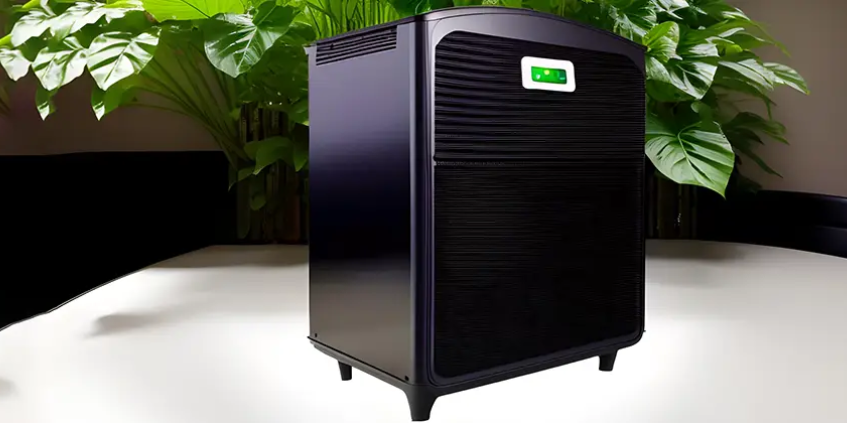
Where to Place a Dehumidifier for Maximum Efficiency?
The grow tent dehumidifier placement can notably influence its productivity. Tactical positioning guarantees appropriate air circulation and moisture management. The best place to put a dehumidifier is where it can gain maximum air circulation, like near the middle of the tent or close to an intake opening. Do not block the device with plants or tools to permit balanced air distribution.
Well-installed dehumidifier conifers the whole grow tent advantages from stabilized moisture levels. Also, placing your dehumidifier too near to plants might cause over-drying, creating pressure on sensitive stems and leaves. Upkeep distance between your plants and the unit to avoid uneven humidity division. If you’re using a small dehumidifier for grow tent setups, ensure it’s placed on a stable surface for better efficiency.
Maintenance Tips for Dehumidifiers in Grow Tents
To confirm your grow tent dehumidifier works efficiently and survives longer, routine maintenance is important. Below are a few functional tips for keeping your unit in excellent order:
Regular filter cleaning is the first step. Dehumidifiers depend on clean filters to operate properly. Dust and waste can block filters, lowering competence and air circulation. Inspect and cleanse the filter every two weeks, or more regularly in dusty settings. For reusable filters, wash them with warm water and let them dry completely before reinstalling.
Secondly, water tank management. In case your dehumidifier is without a continuous drain option, empty the water tank often to avoid overflows. Clean the tank weekly to prevent mold and bacterial formation. Also, think of using a drainage hose for bigger setups to save time and effort.
Periodic inspections are another significant step. Check the device occasionally for any clues of wear or harm. Make sure the fan and coils are operating appropriately and without leaks. If you notice unusual noises or decreased efficiency, consult the user manual or contact customer support.
Read on to learn what should I do when my dehumidifier refuses to work.
Conclusion
So, can I put a dehumidifier in my grow tent? Absolutely! A dehumidifier is an important tool for maintaining ideal humidity levels, promoting plant health, and preventing issues like mold and mildew. Your investment in the best dehumidifier for grow tent setups, helps you set your grow space up for success. Dehumidifiers both help balance moisture and enhance the overall air quality in your grow tent. Pairing them with proper placement and maintenance ensures maximum efficiency and longevity.
Transform your grow tent environment today!
Choose from AlorAir’s range of crawlspace, basement, and commercial dehumidifiers, tailored to meet your growing needs. Achieve healthier plants and better yields by taking control of your humidity now!



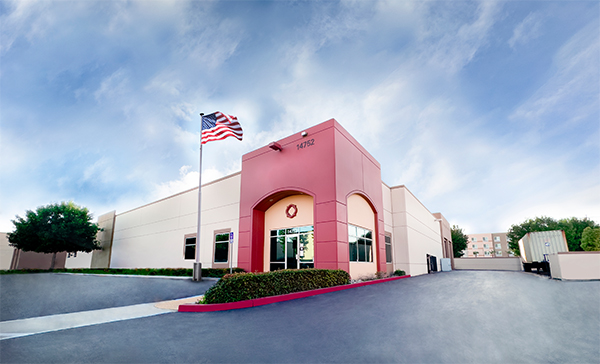

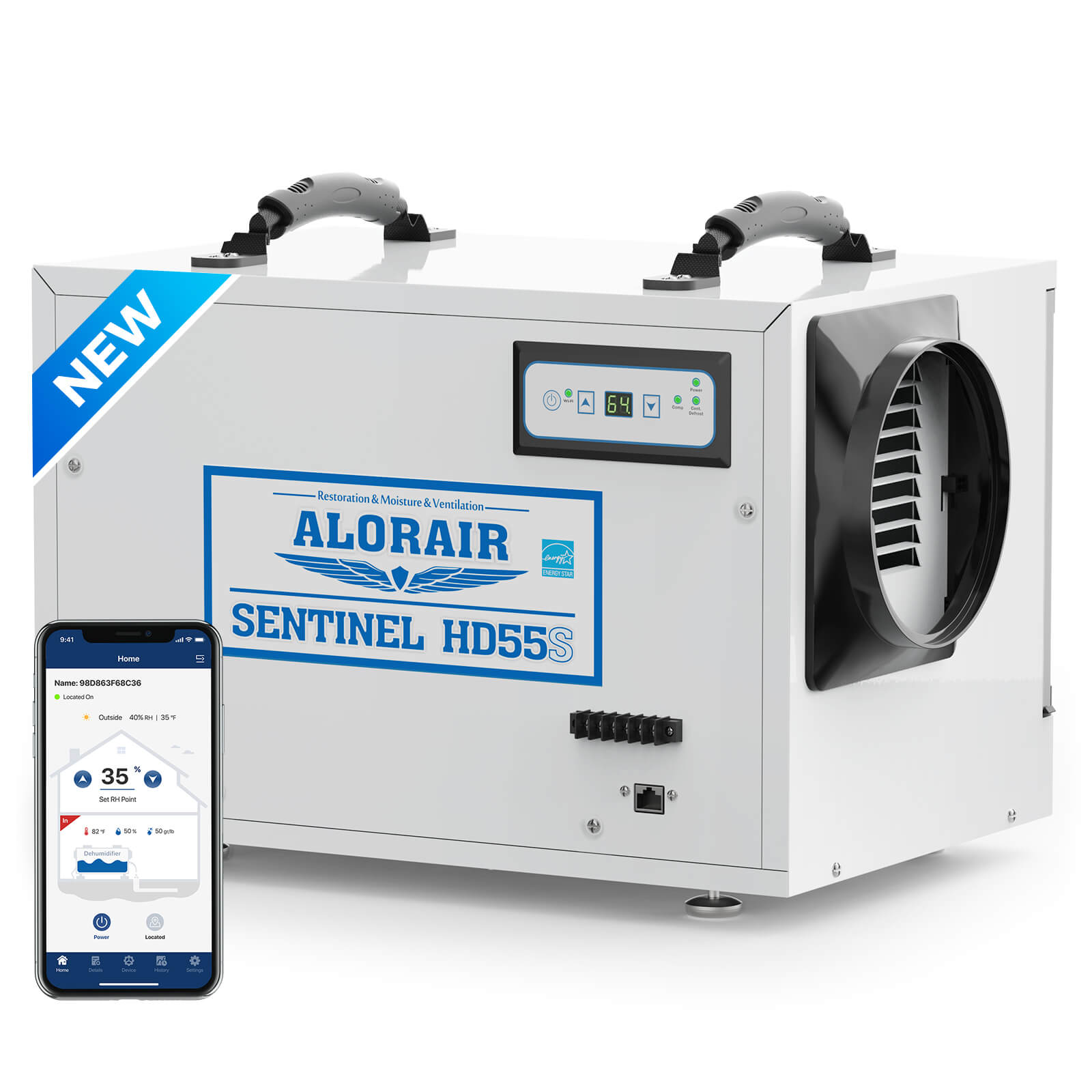
-(1).png)
.jpg)
.jpg)
.jpg)
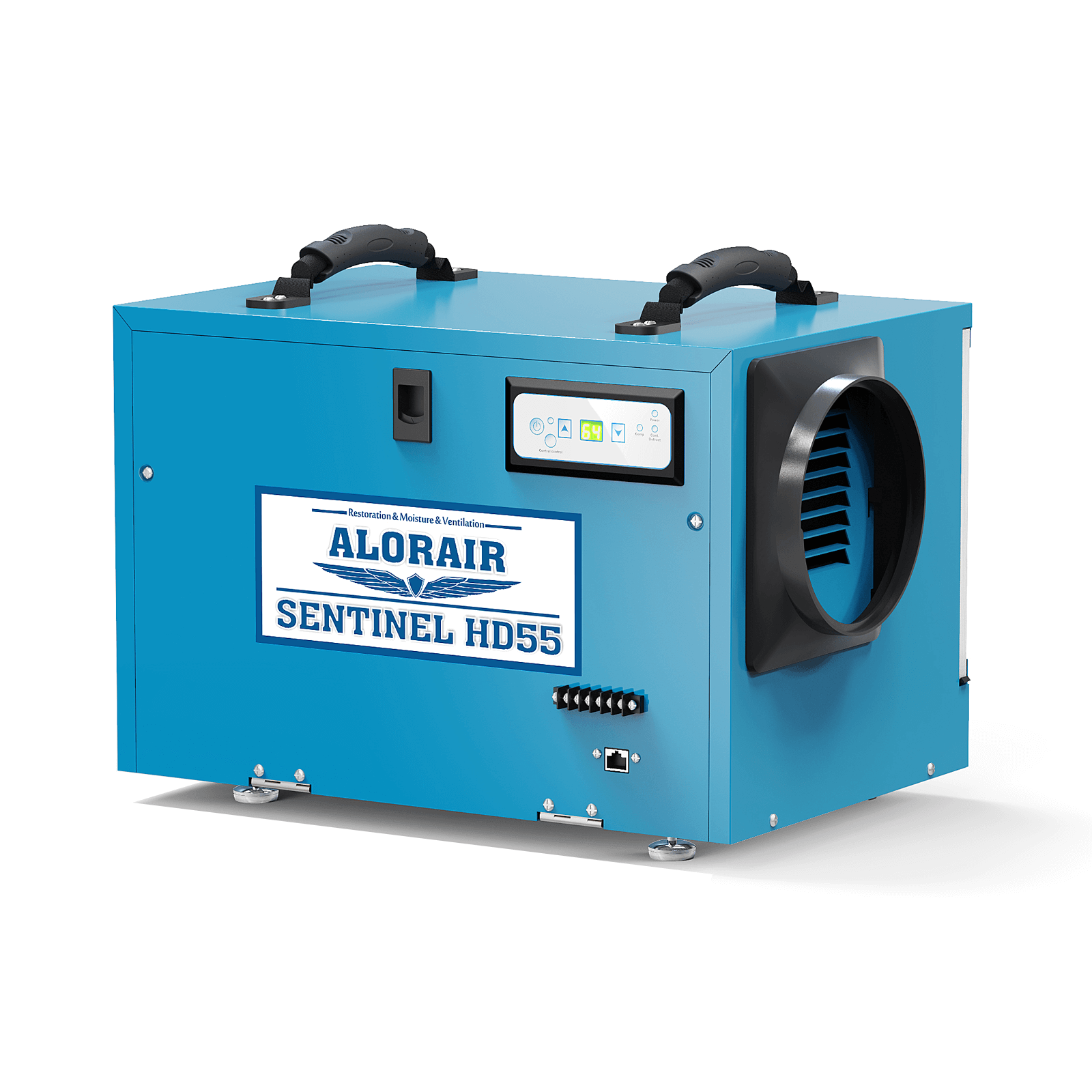
.jpg)
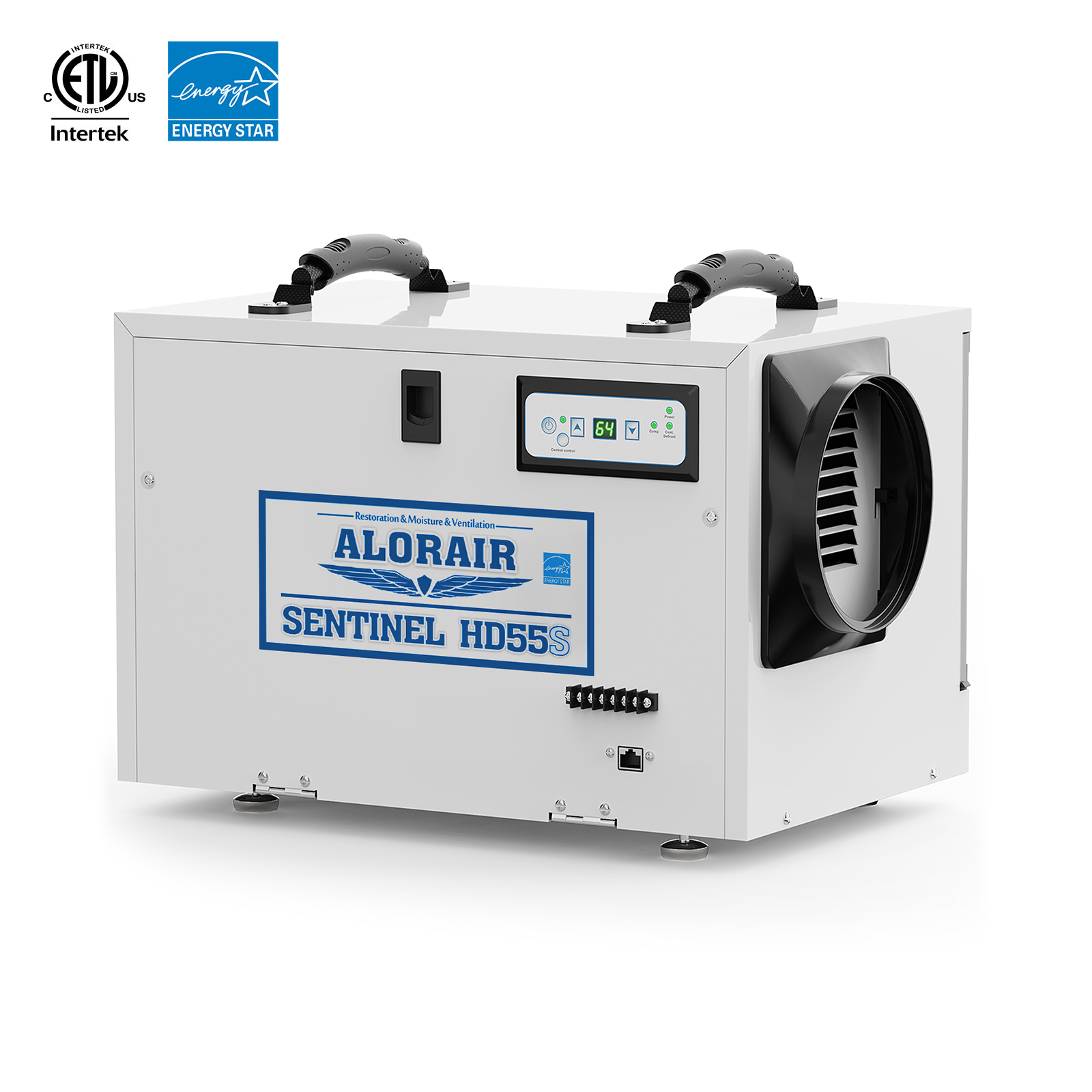
.HDi90.png)
.HD90.png)

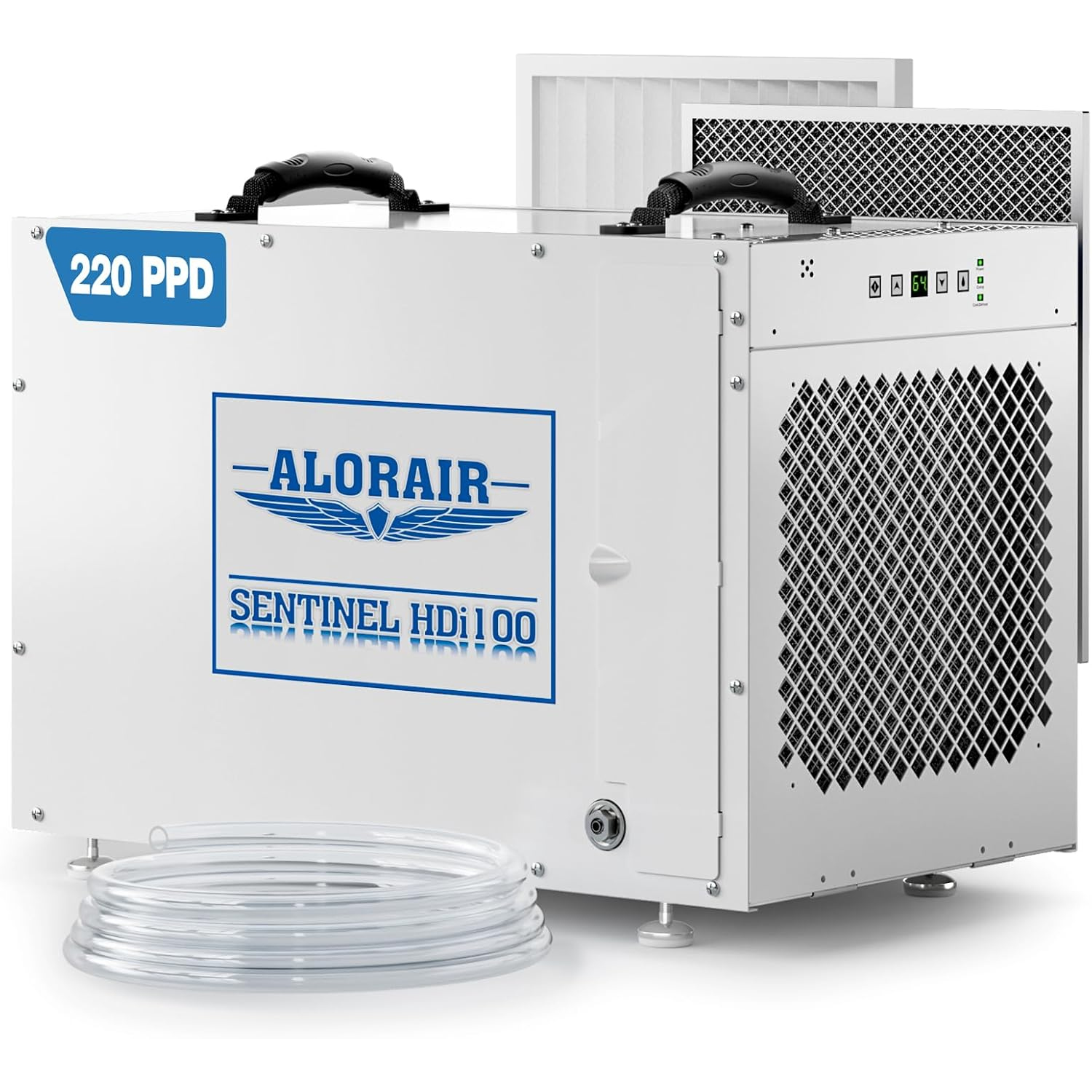
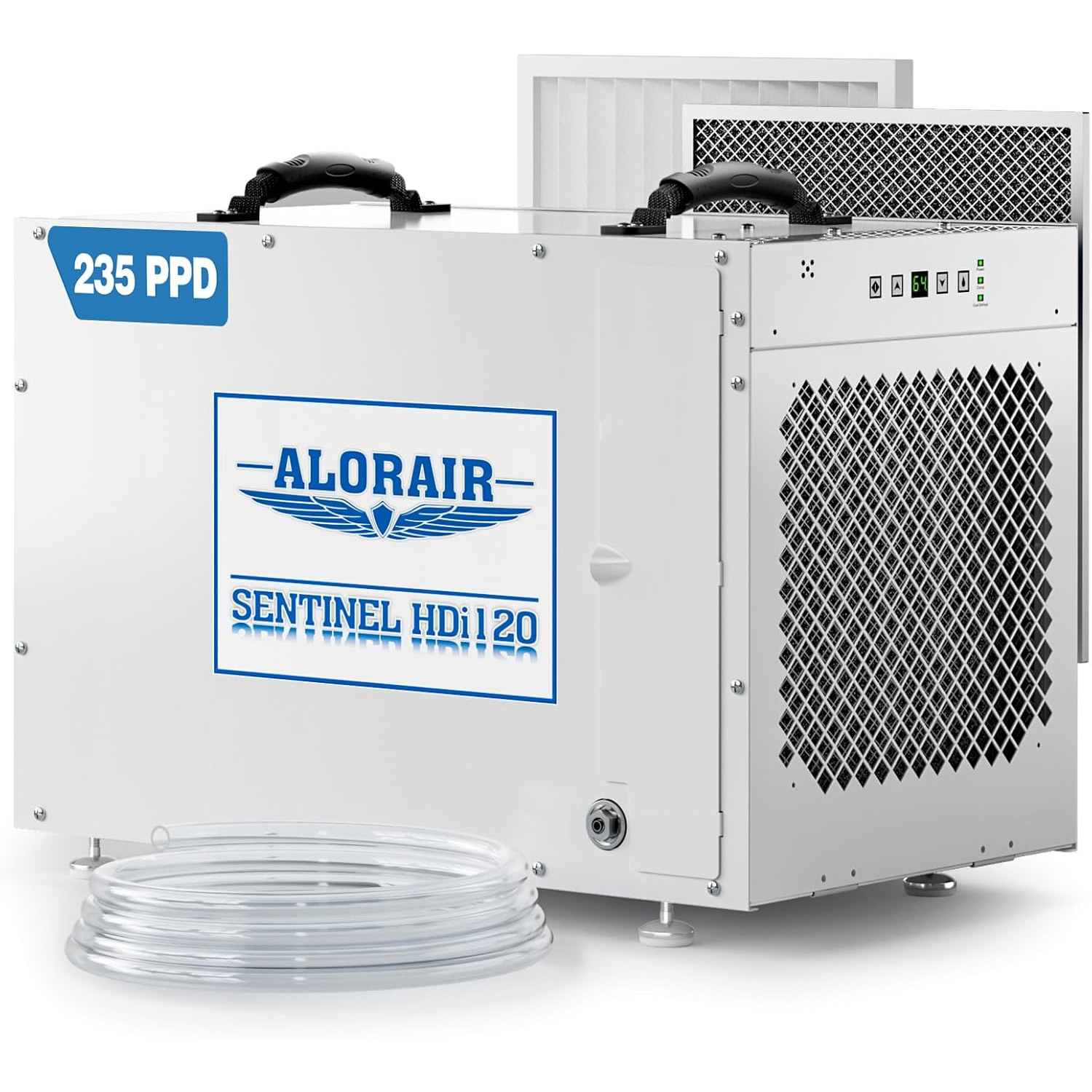
.jpg)
.jpg)
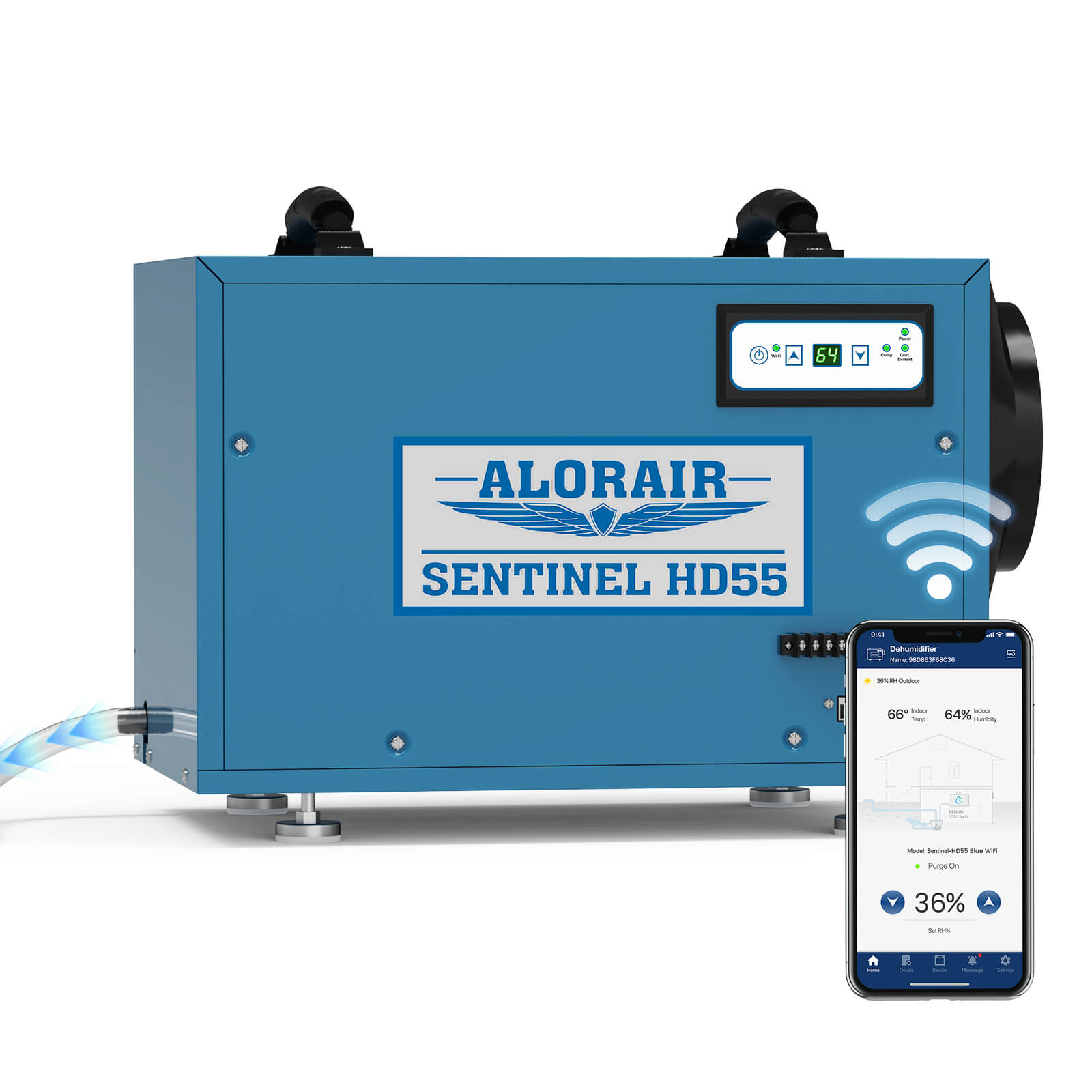
.jpg)

.jpg)
.jpg)




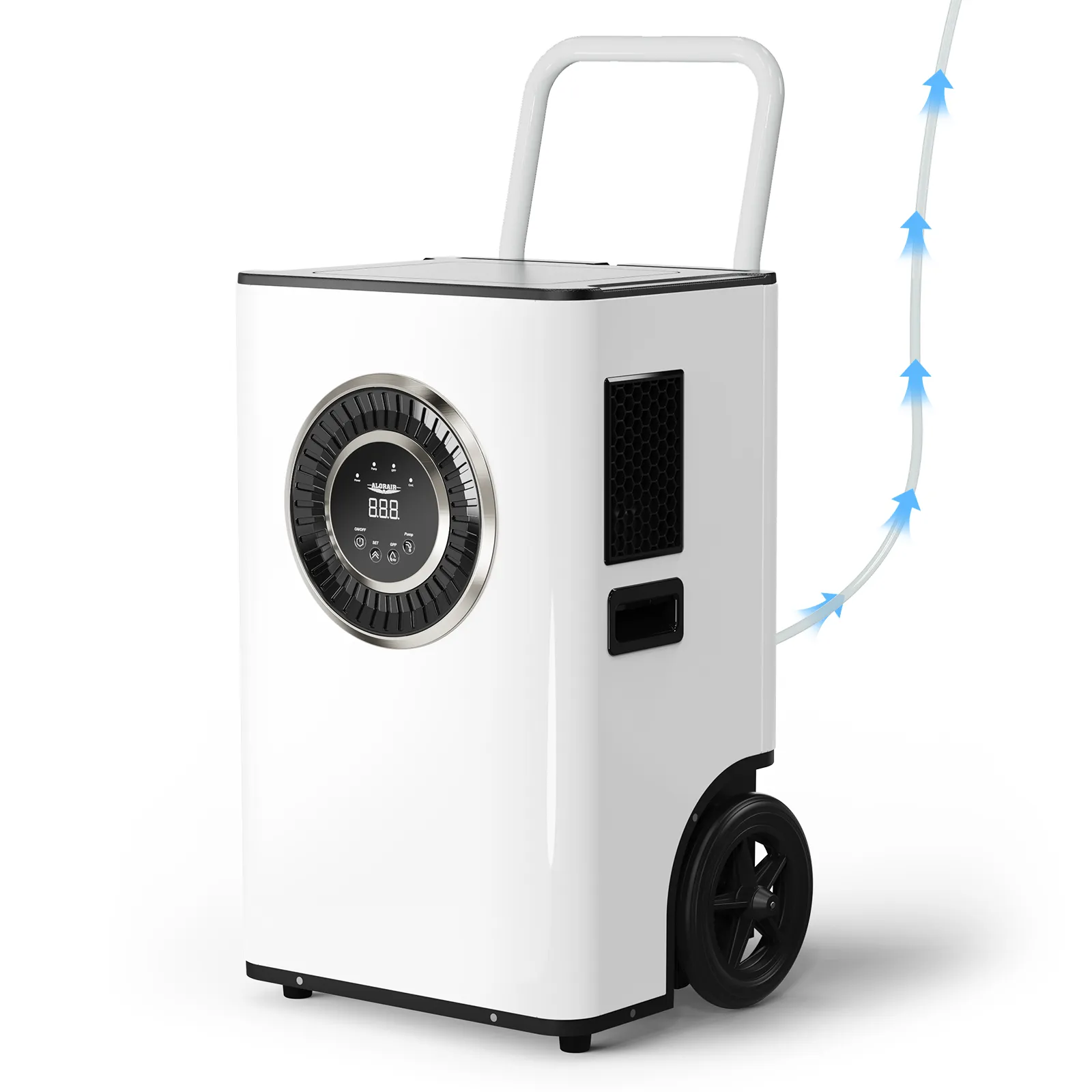
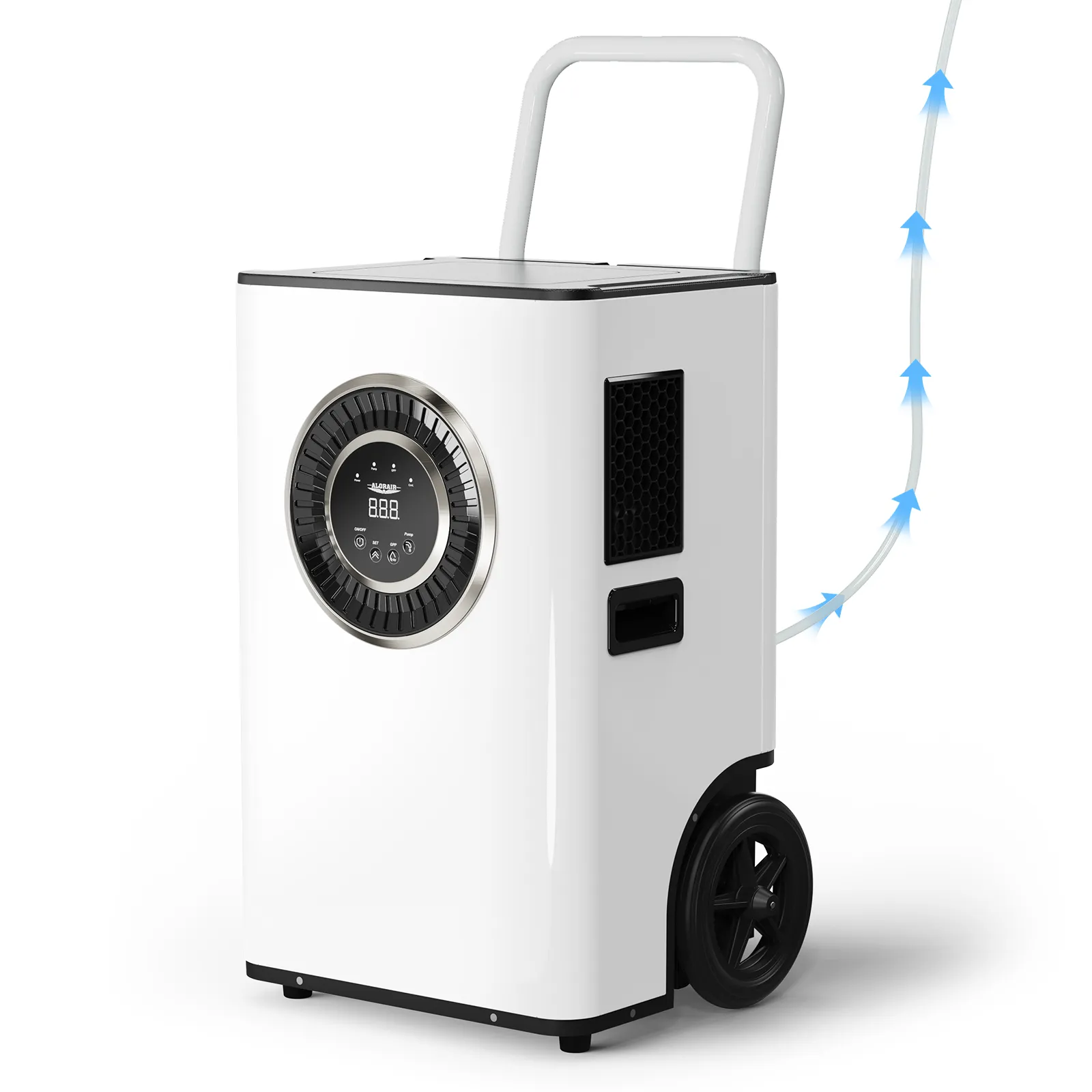
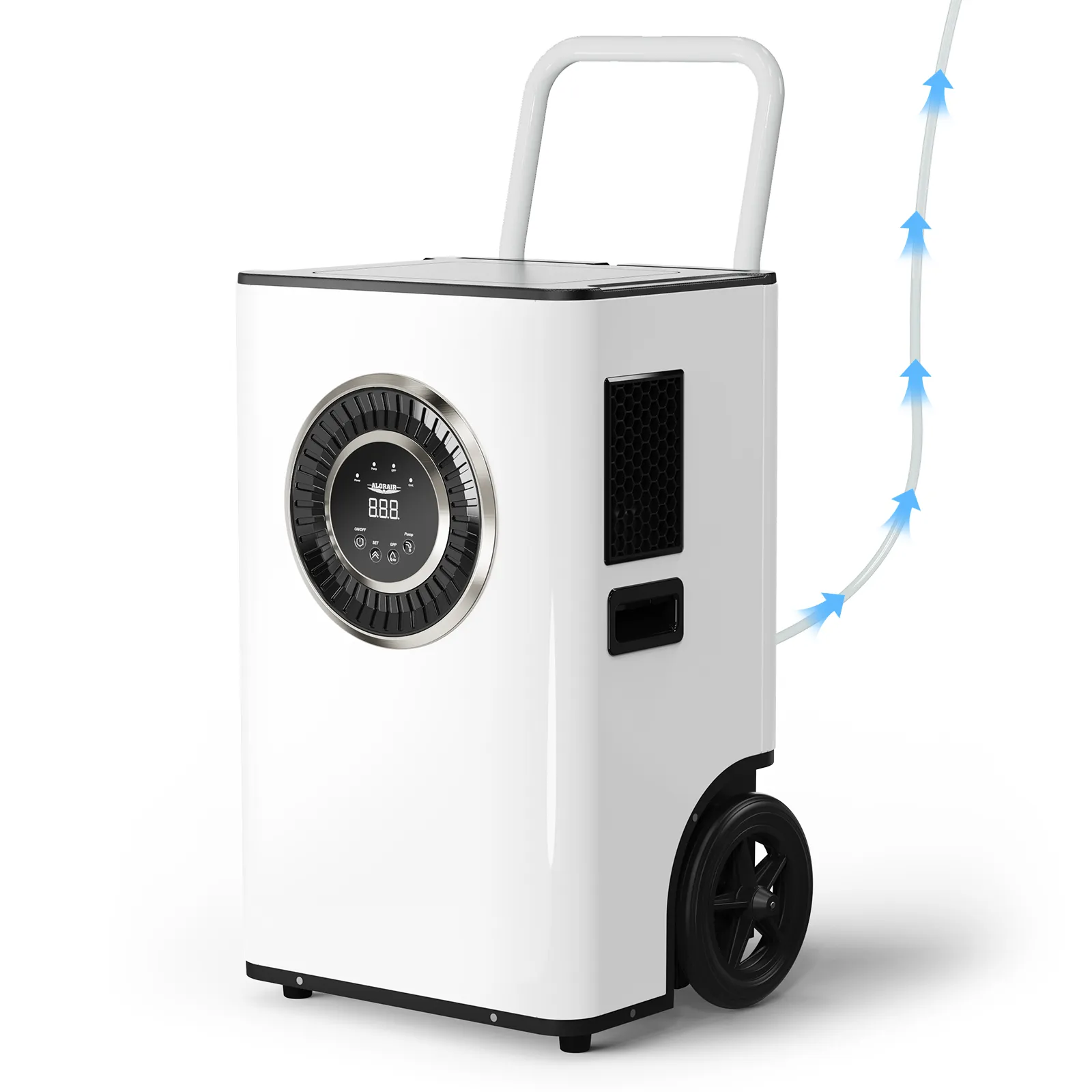
.jpg)
.jpg)
.jpg)
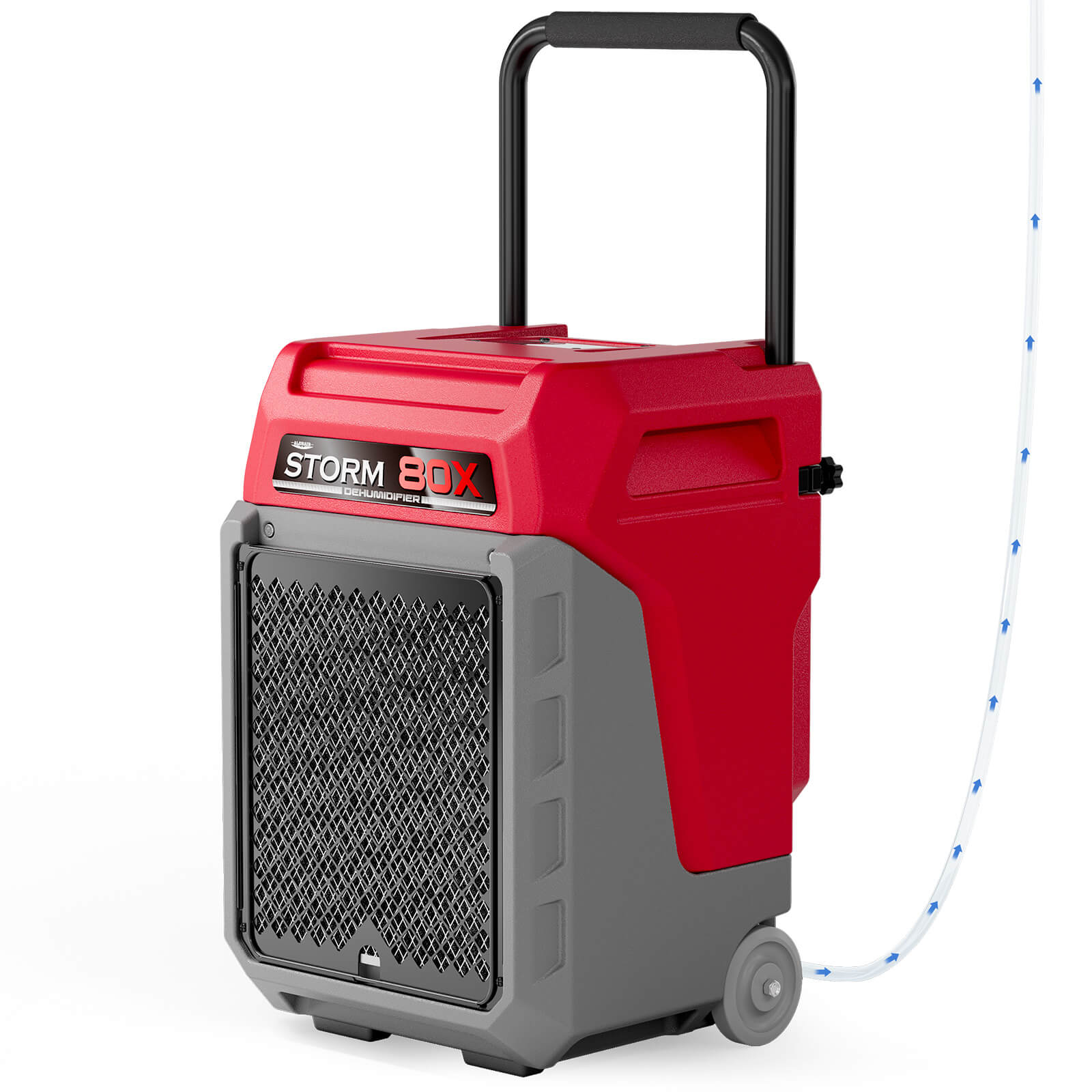
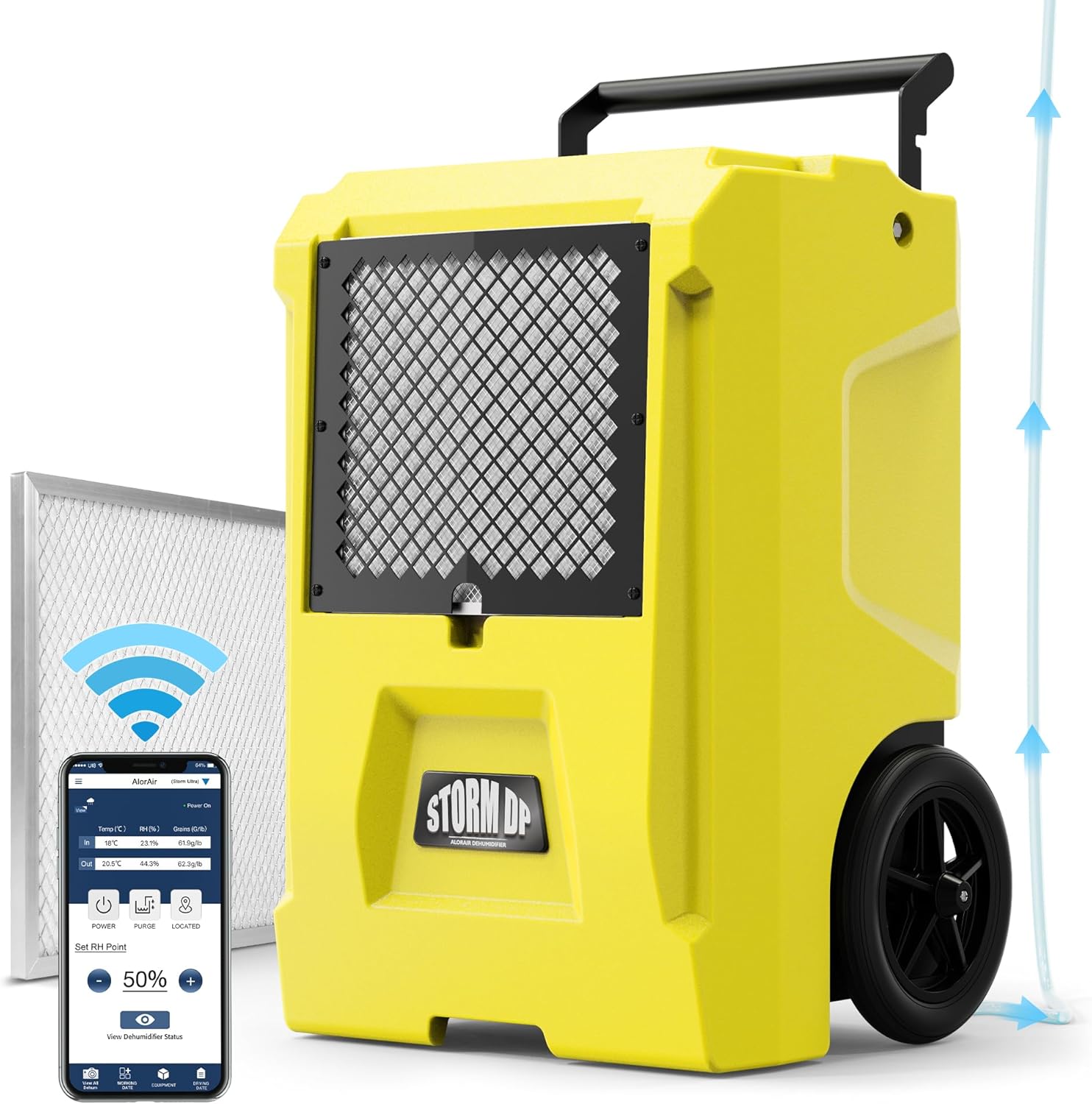
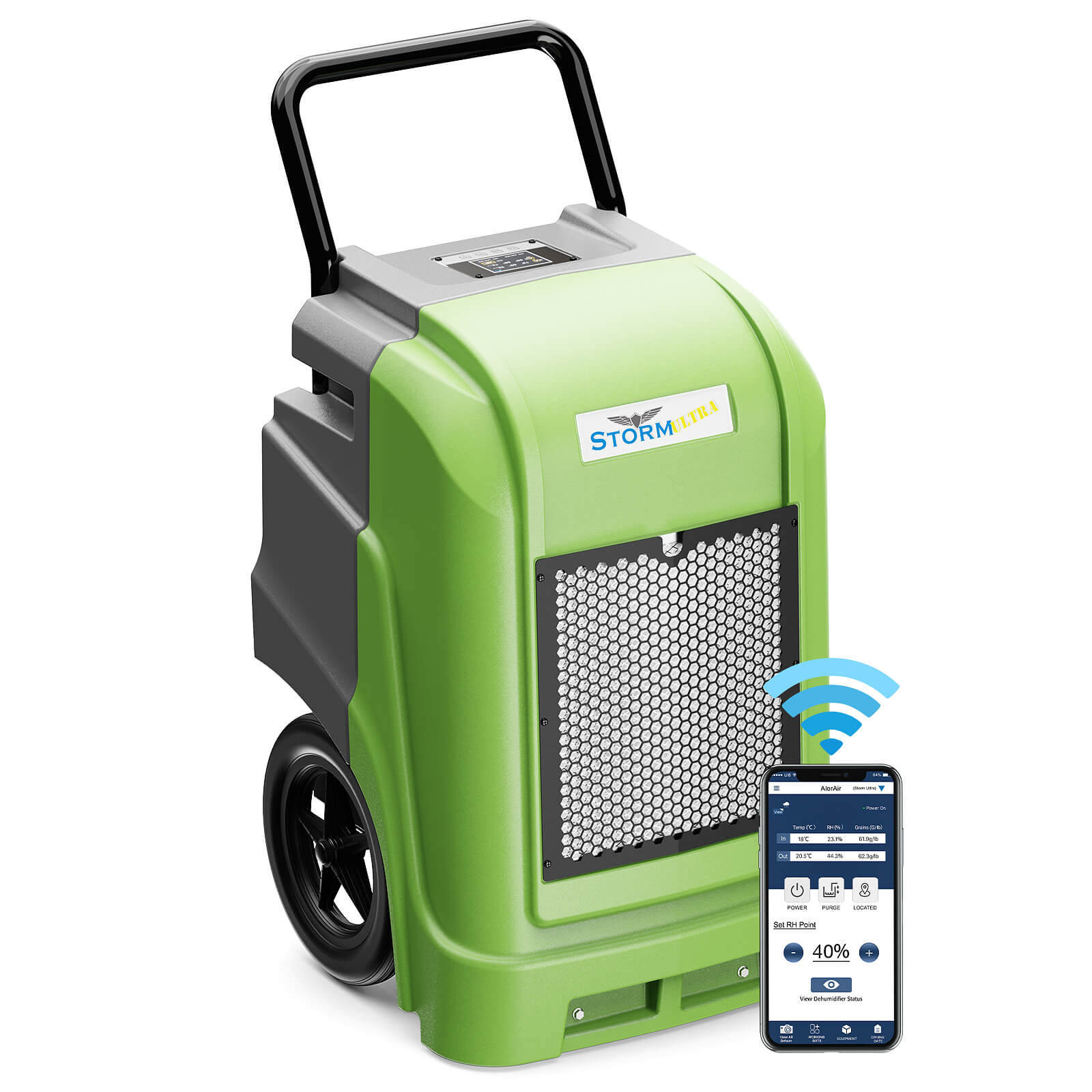
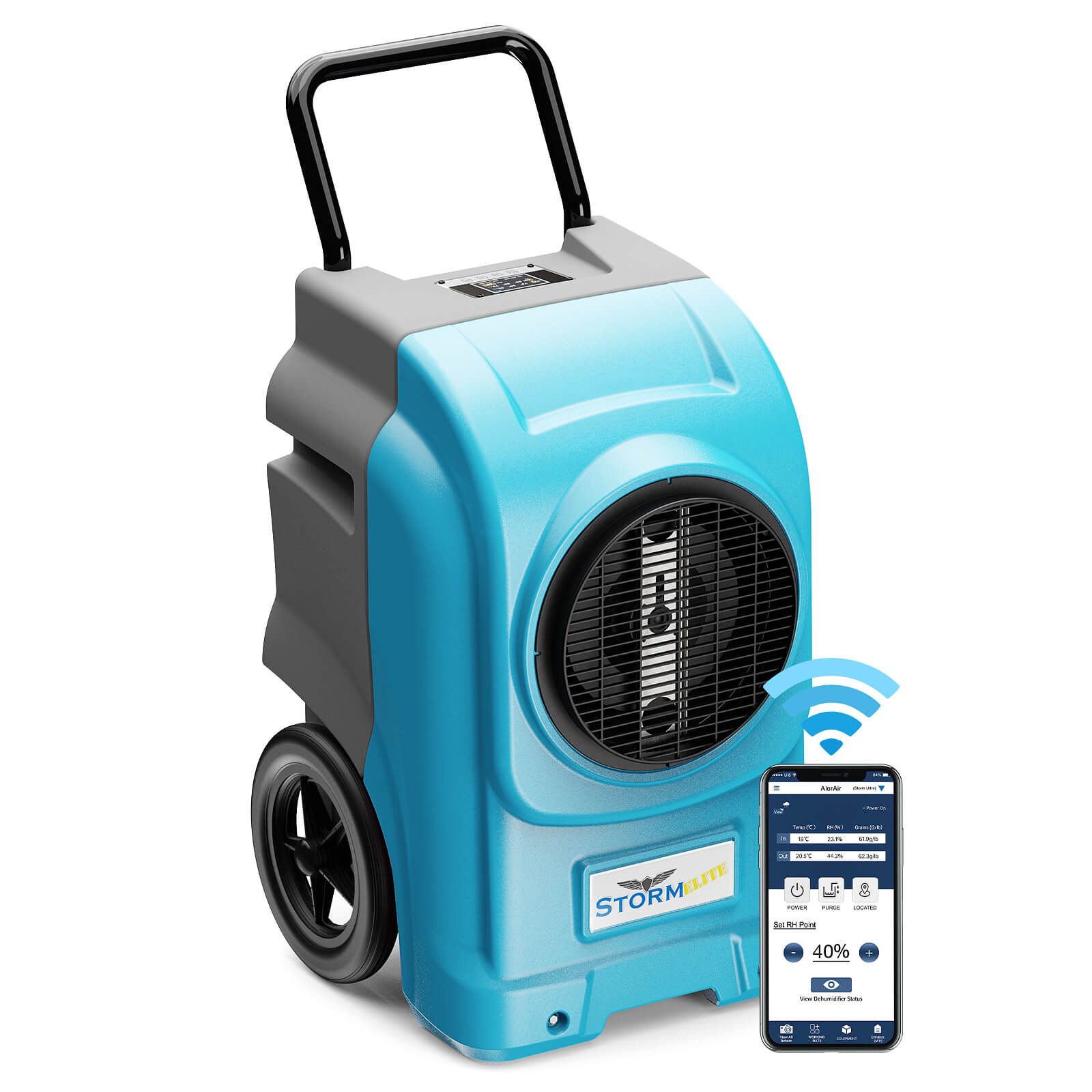
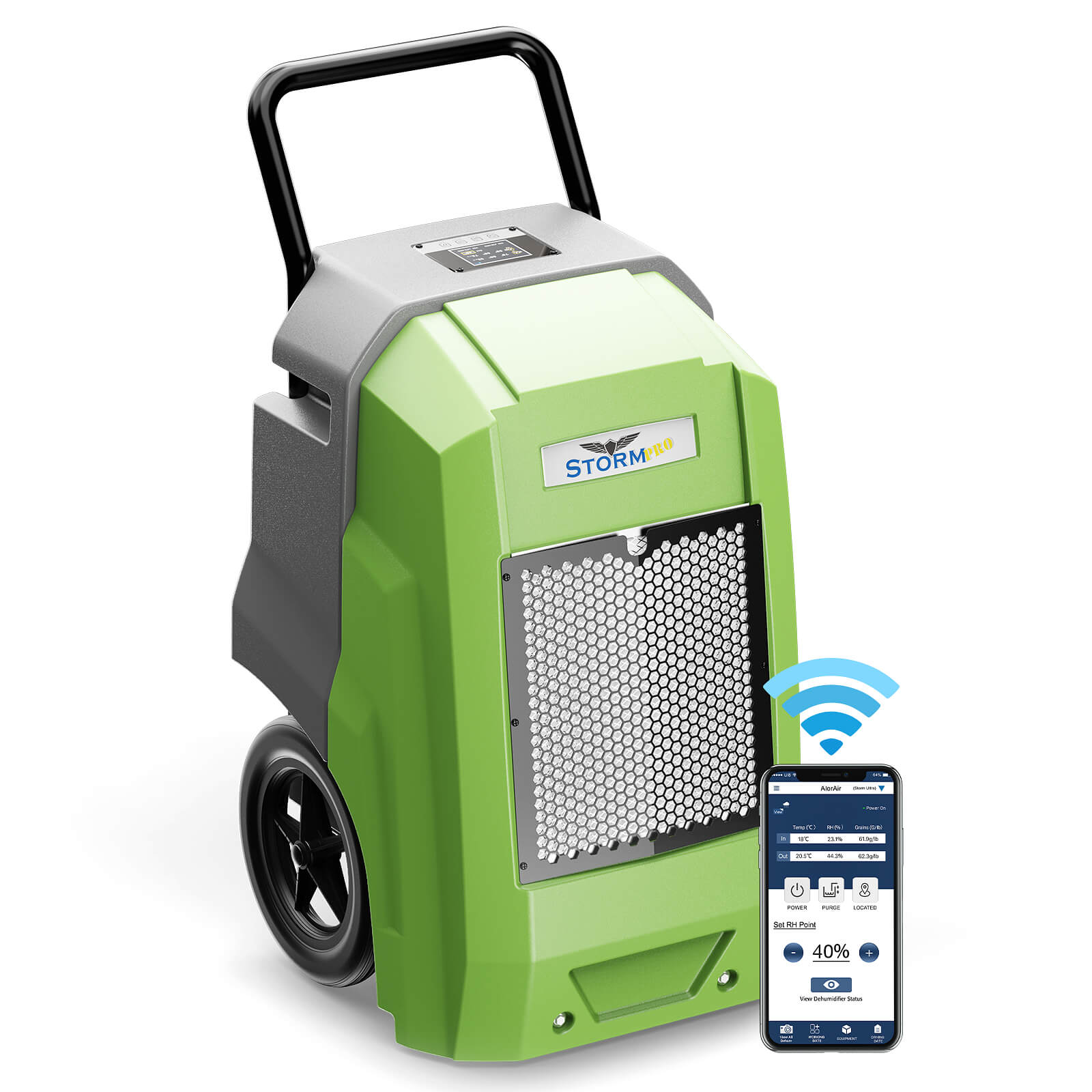
.jpg)
.jpg)
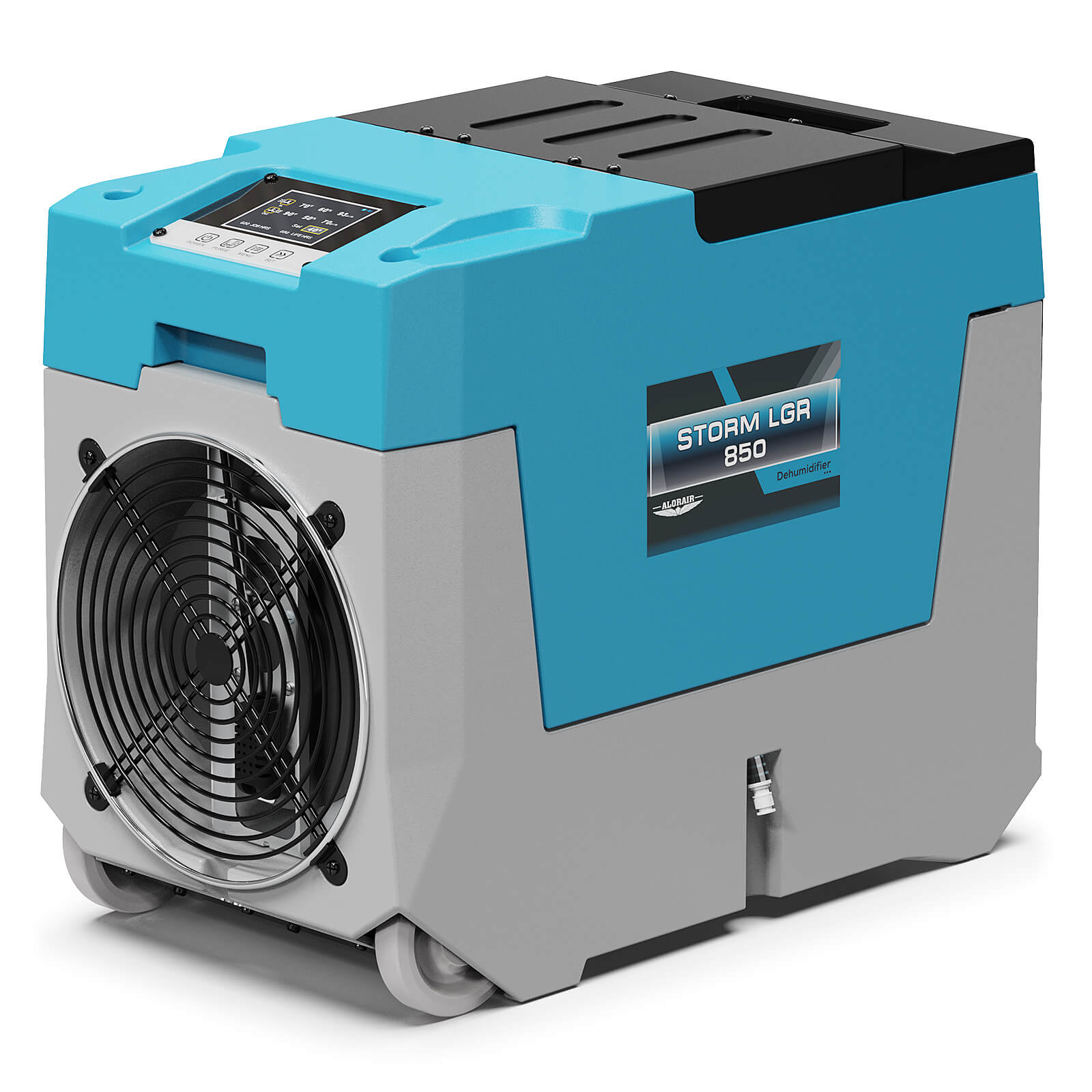
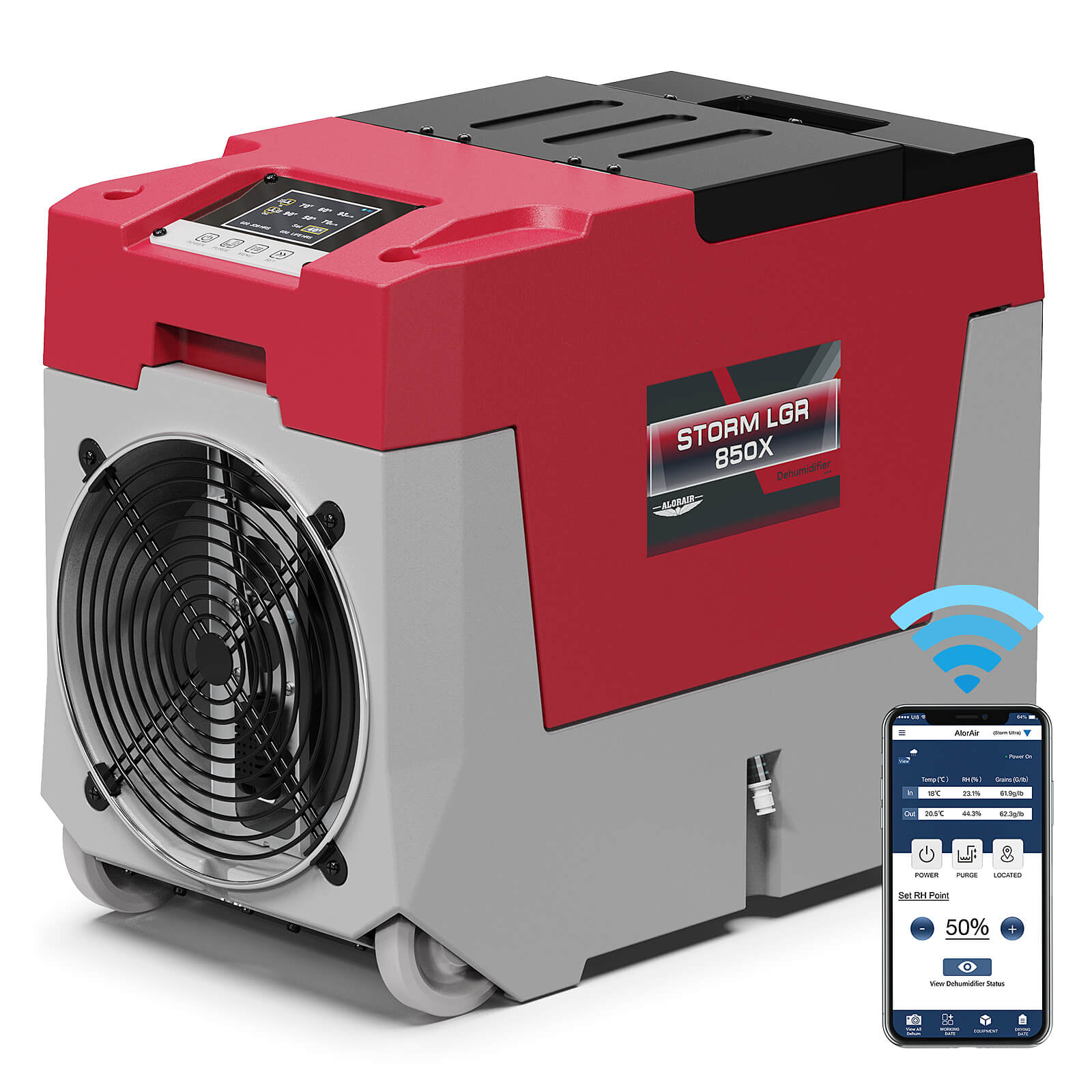
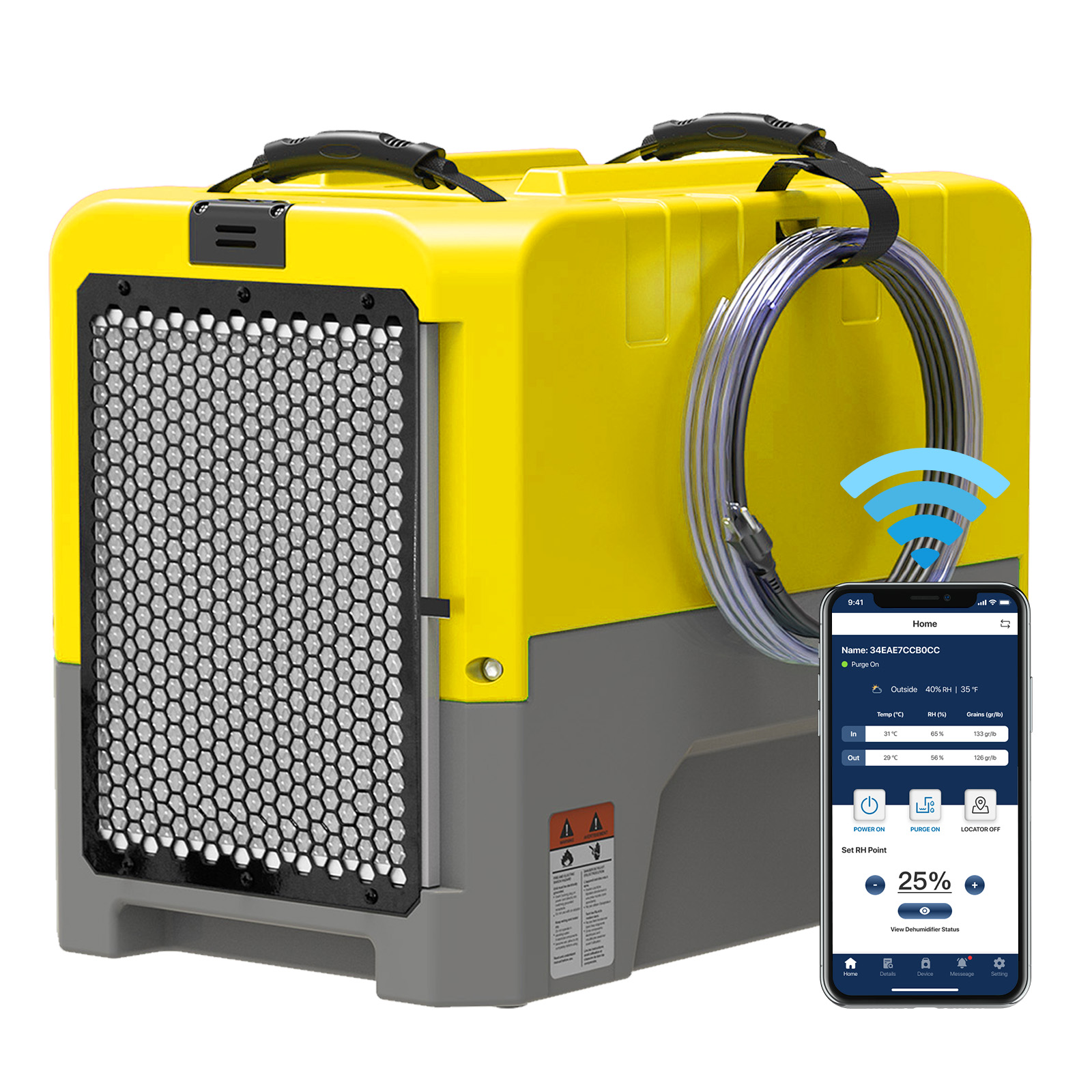
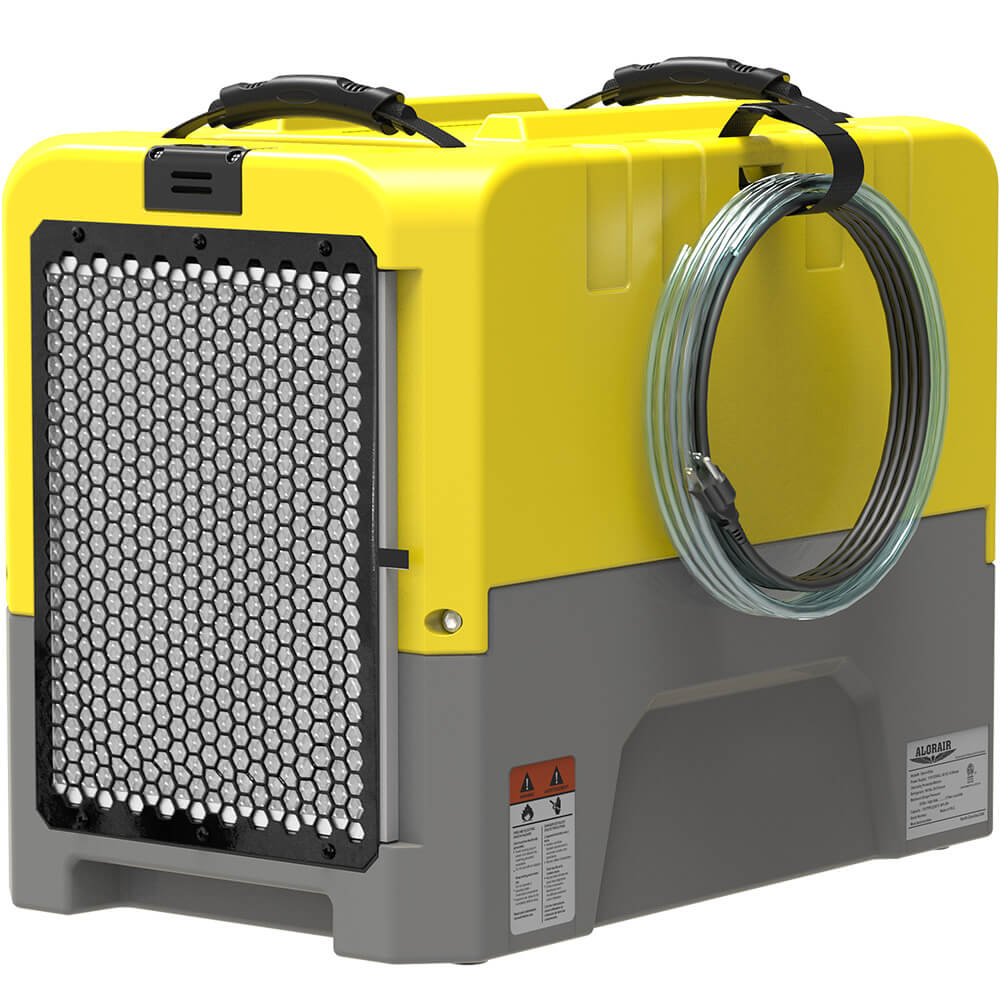
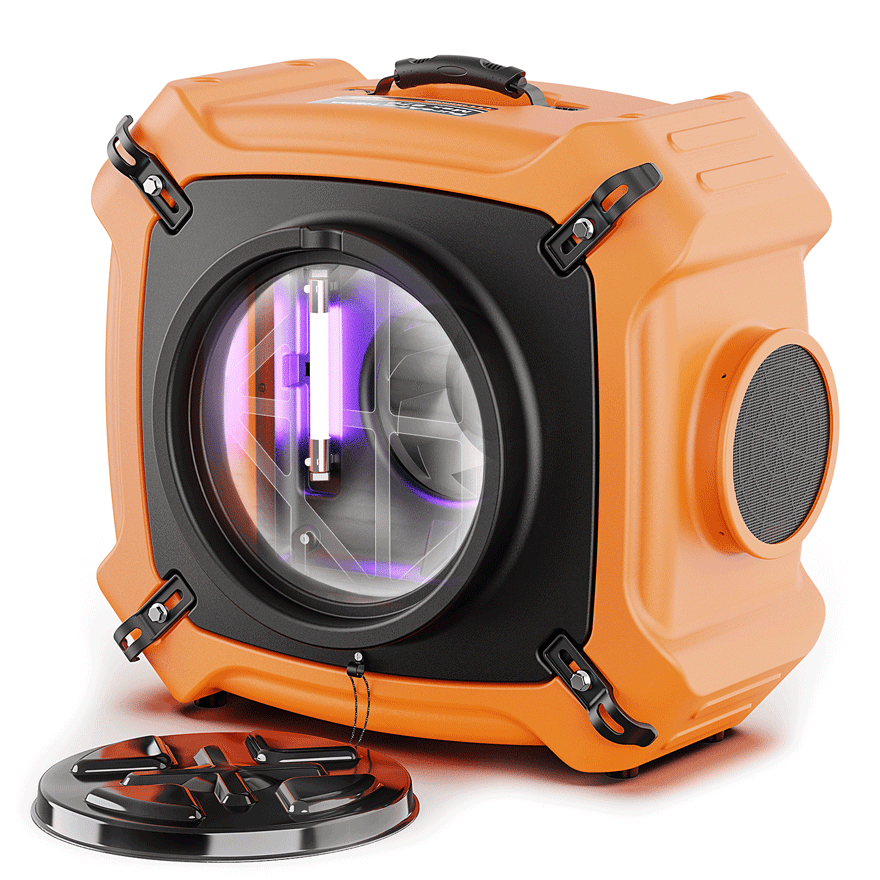
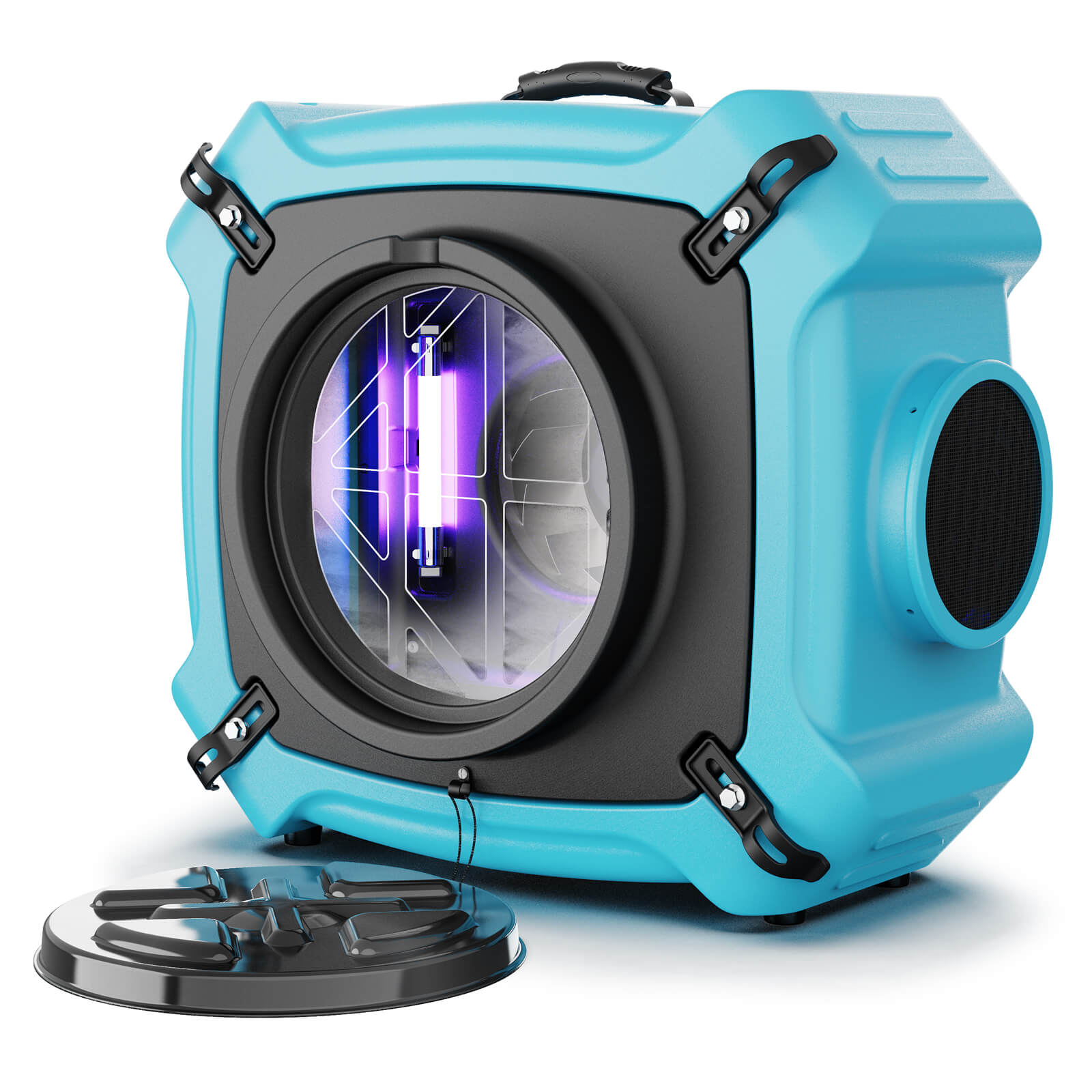
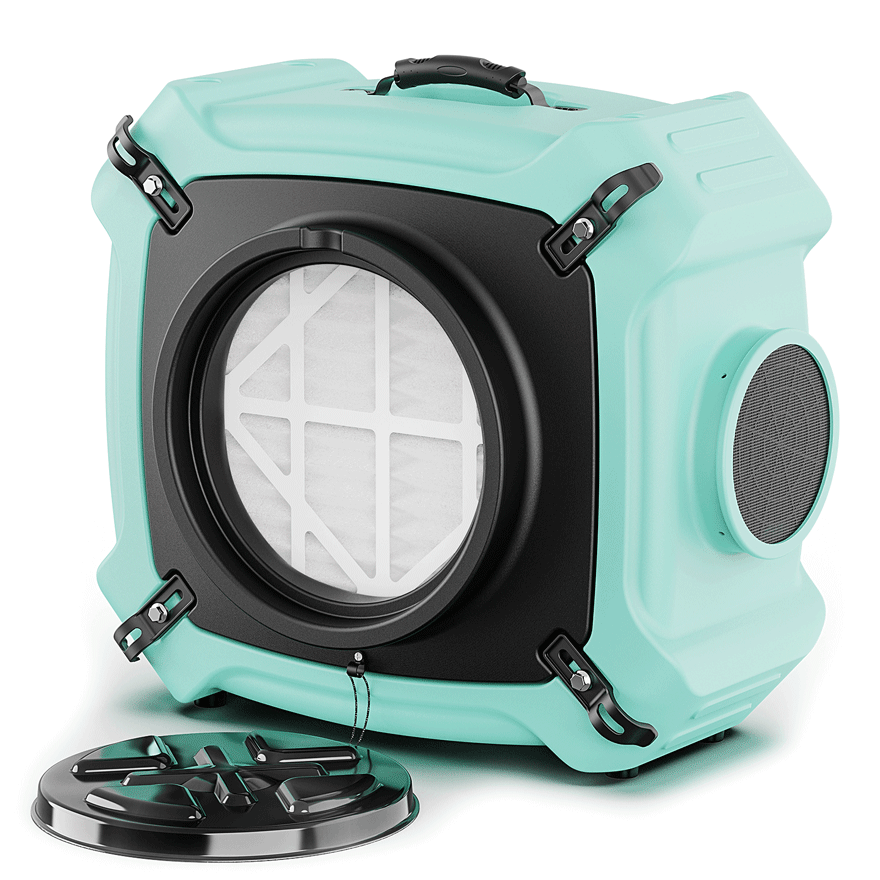
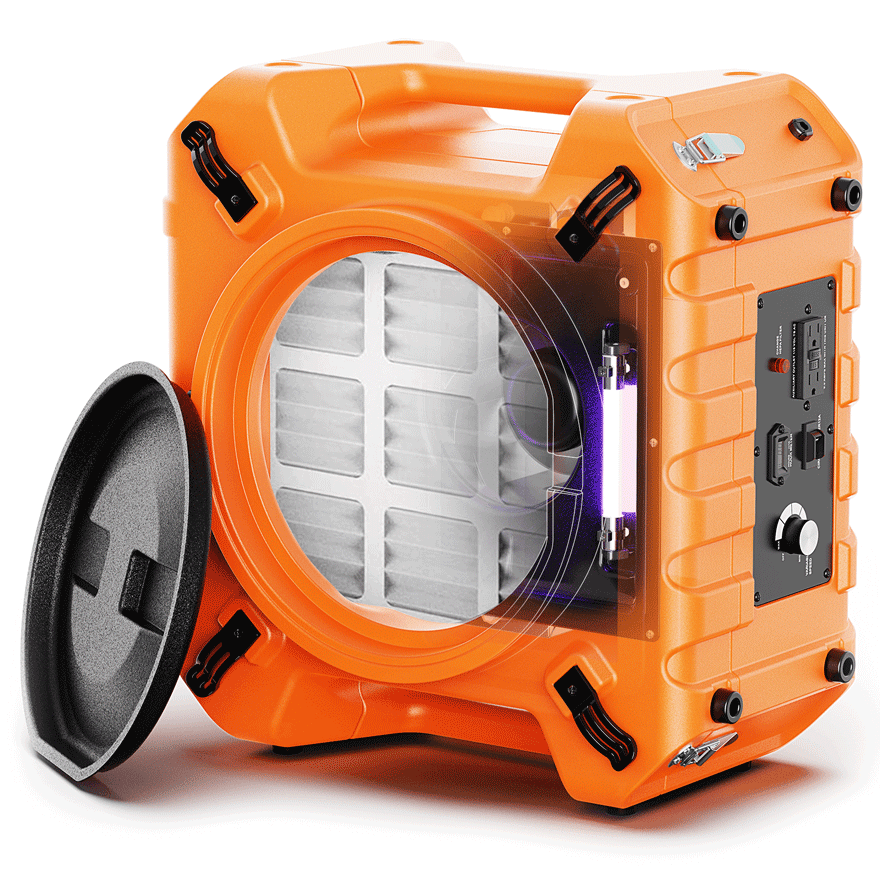
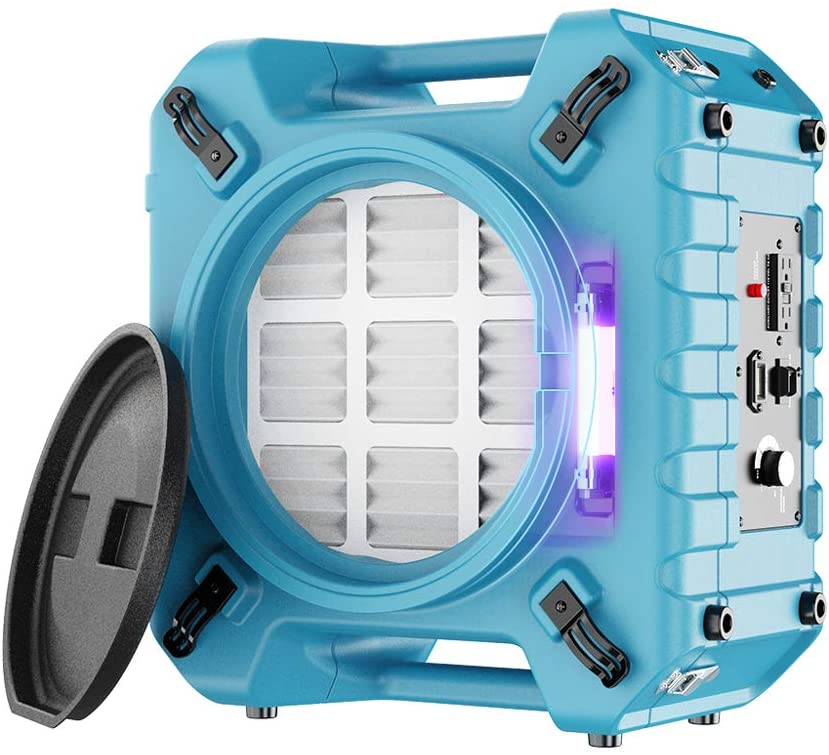
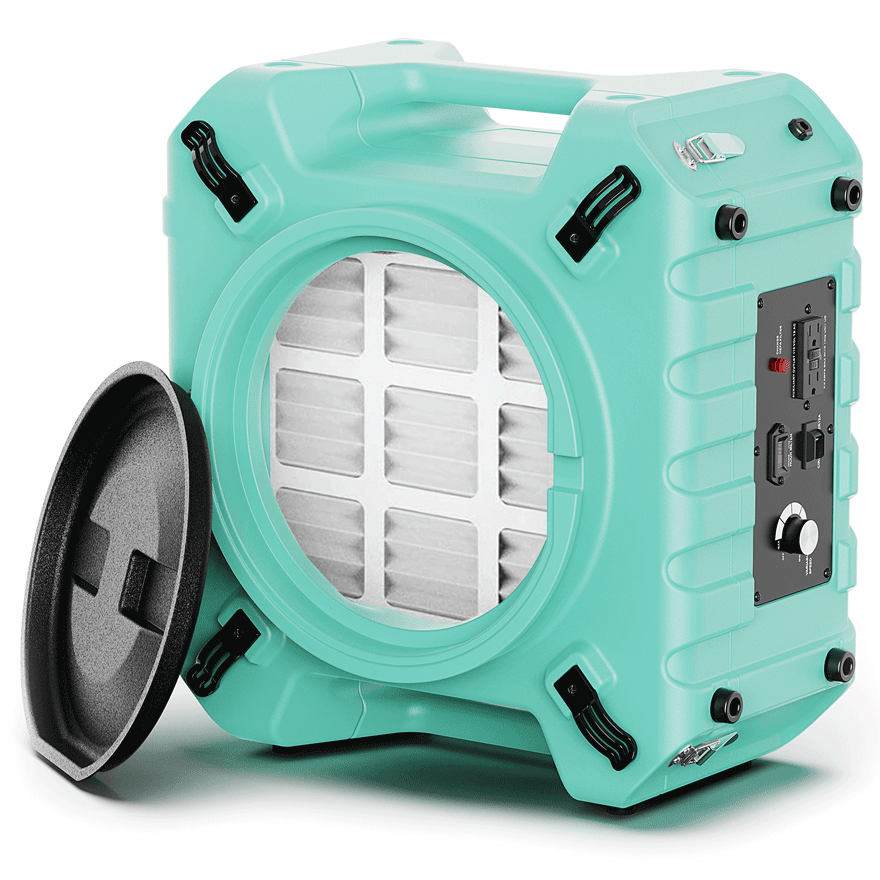
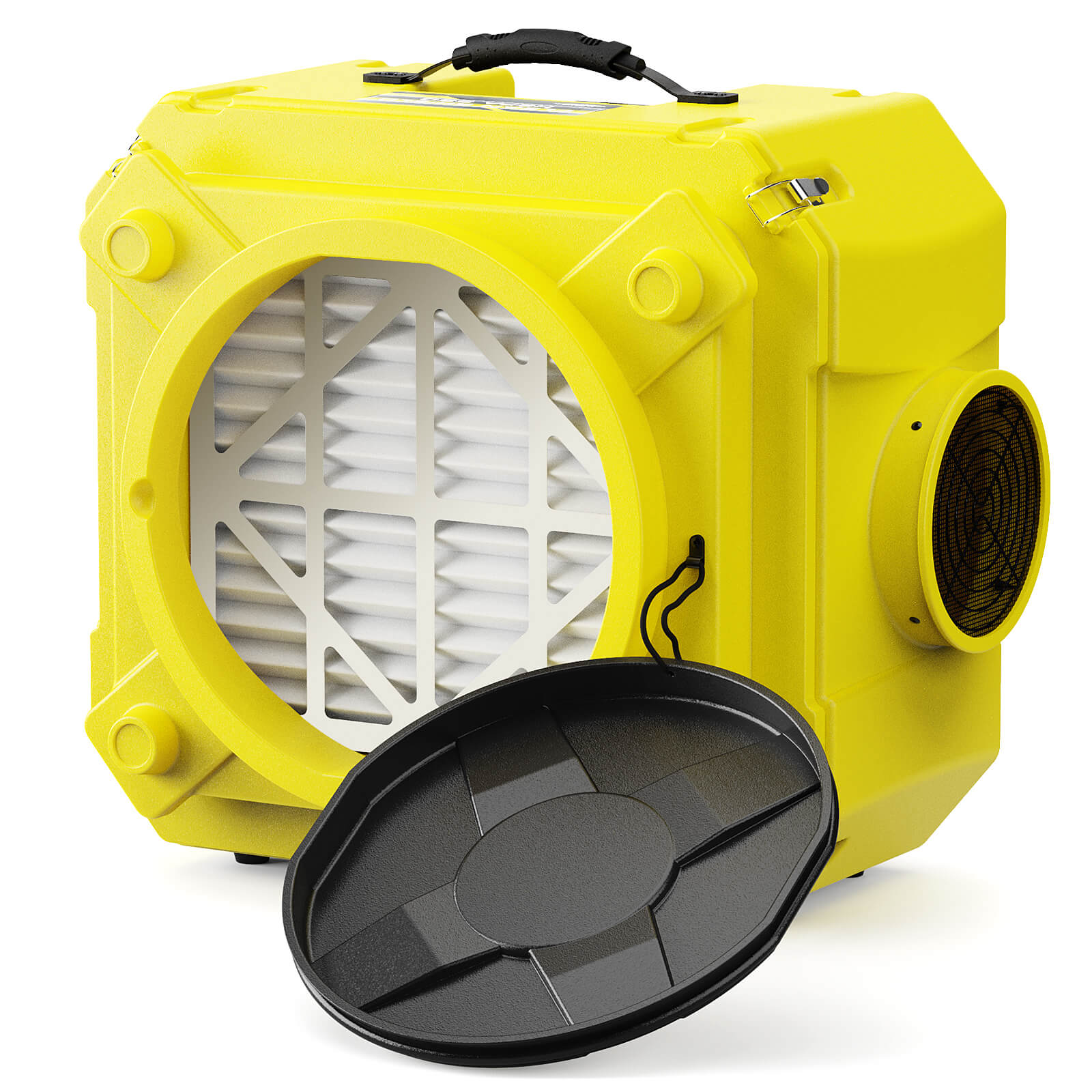
.jpg)
.jpg)
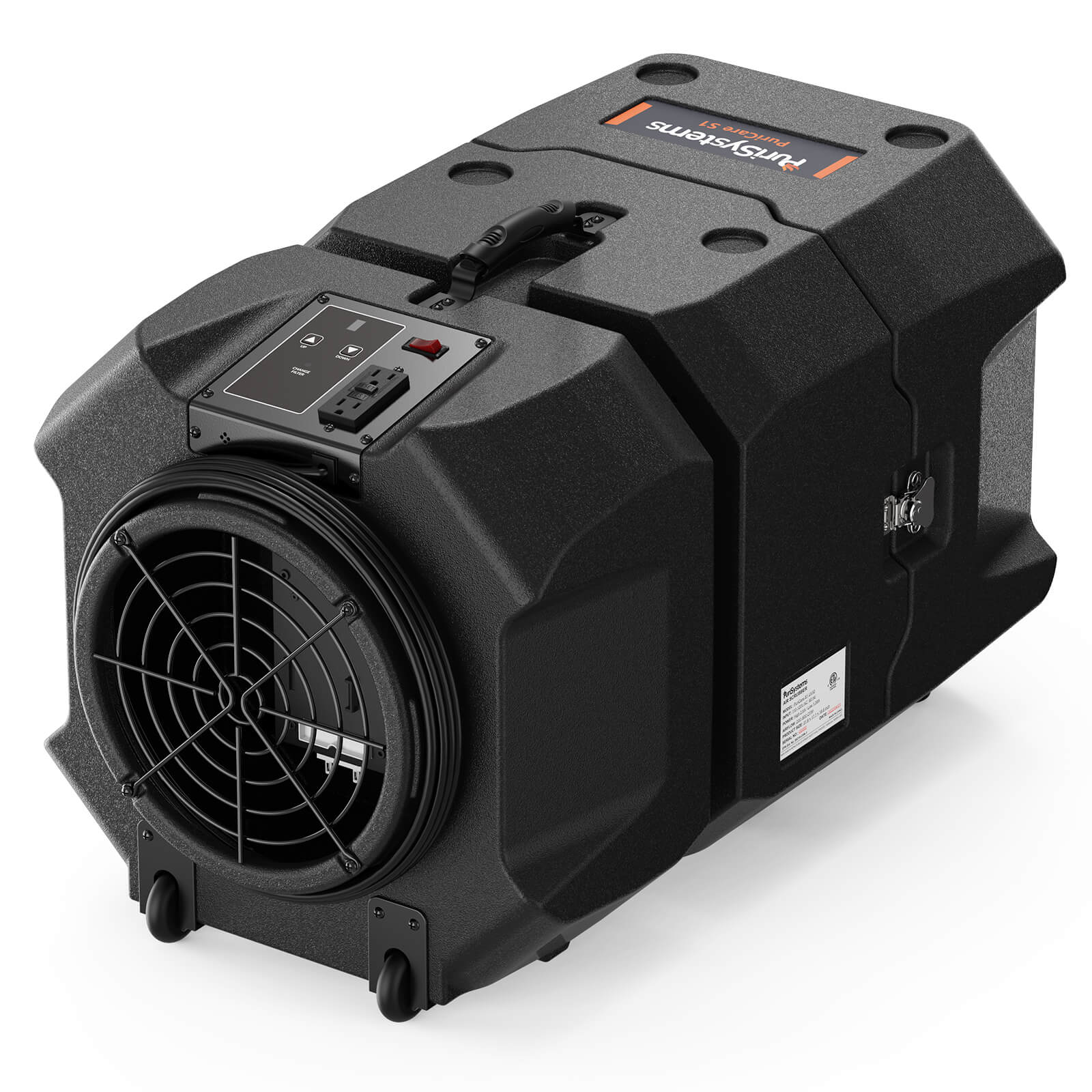
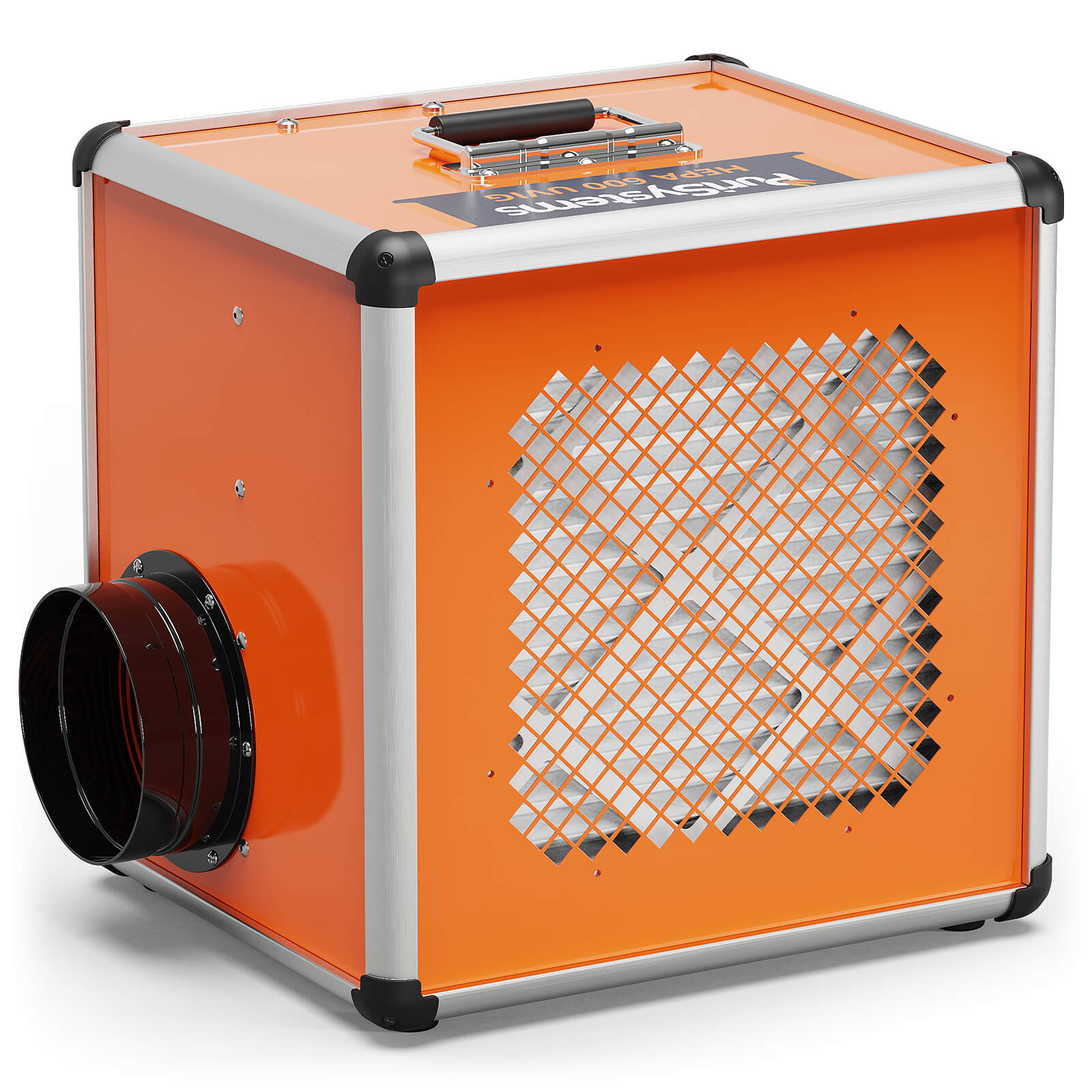
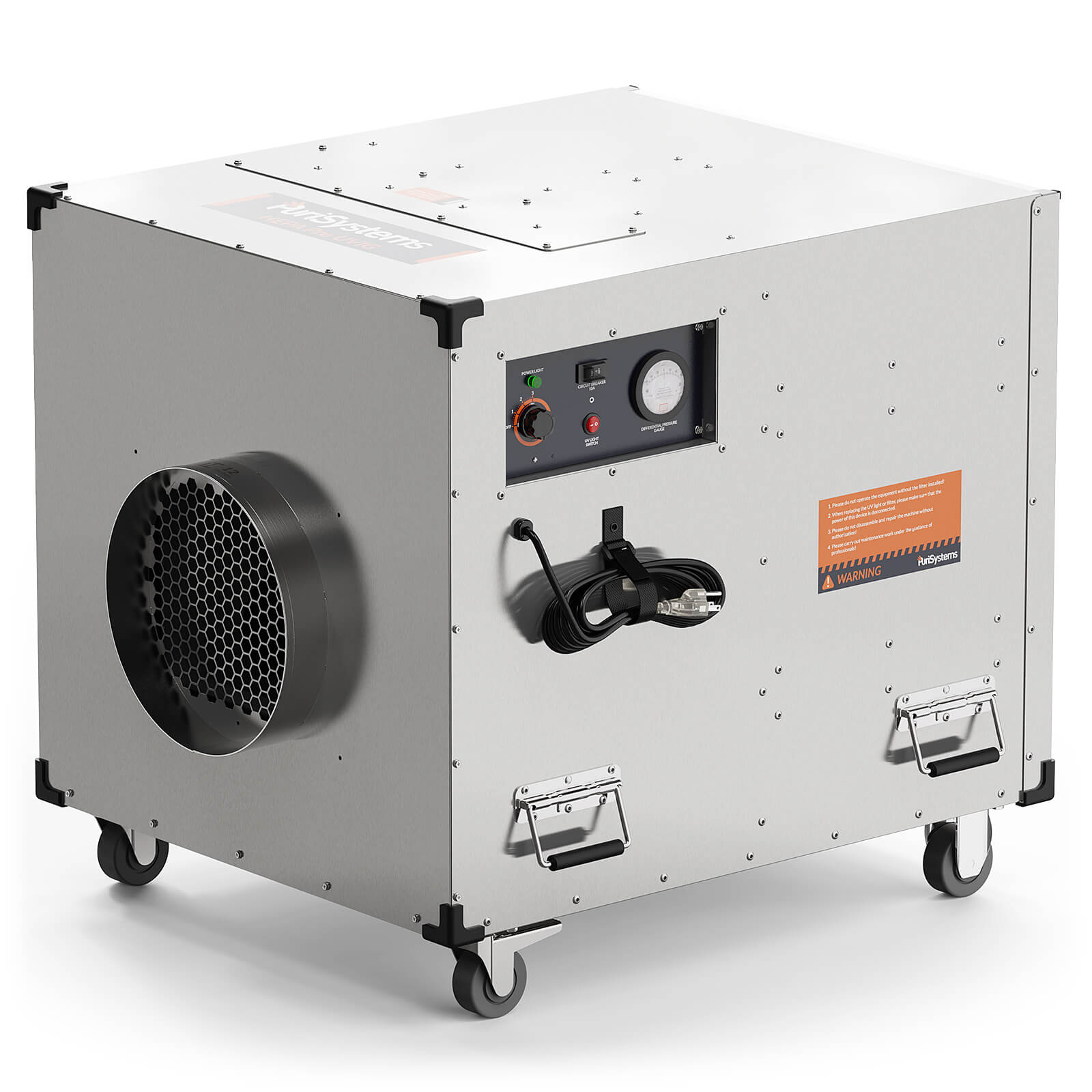
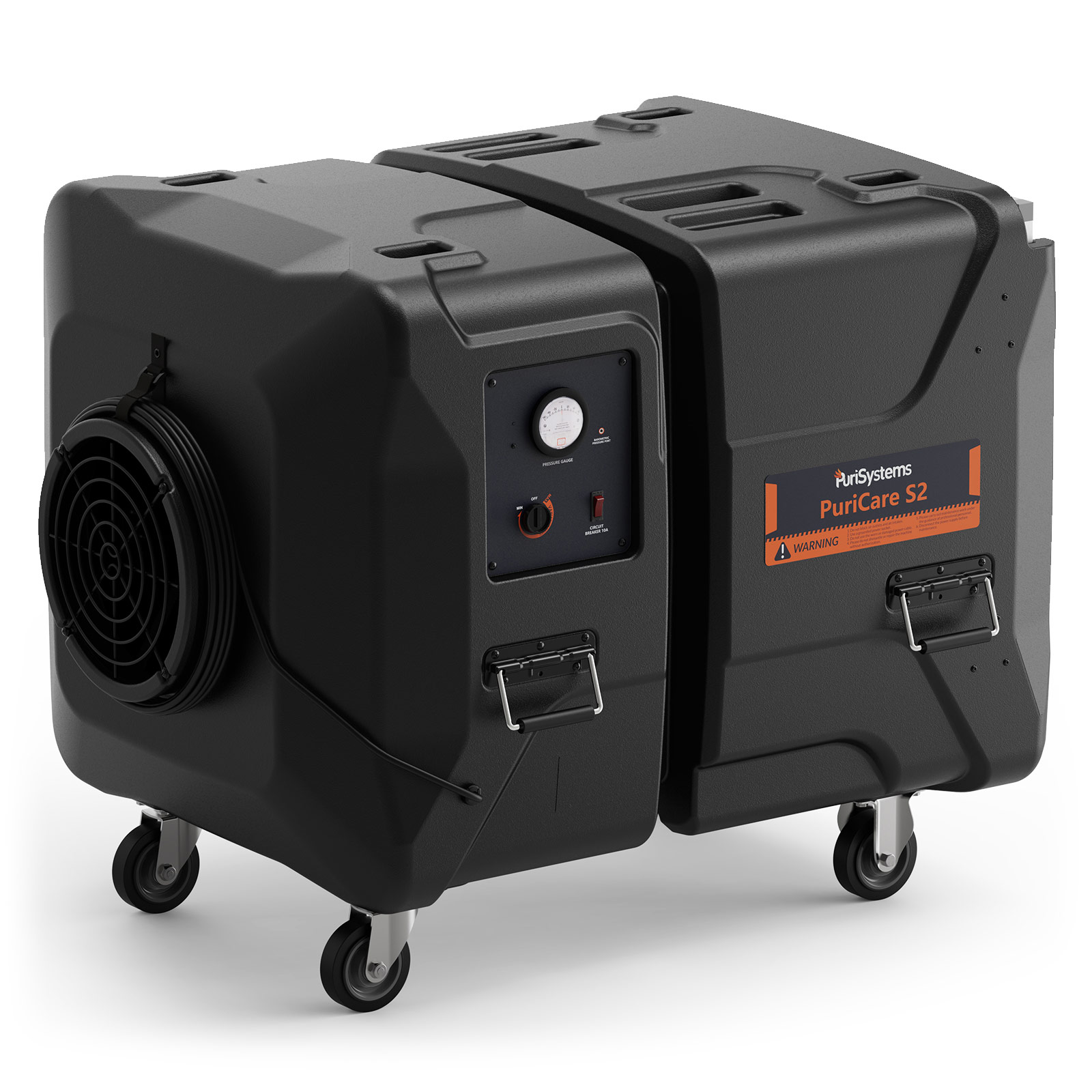
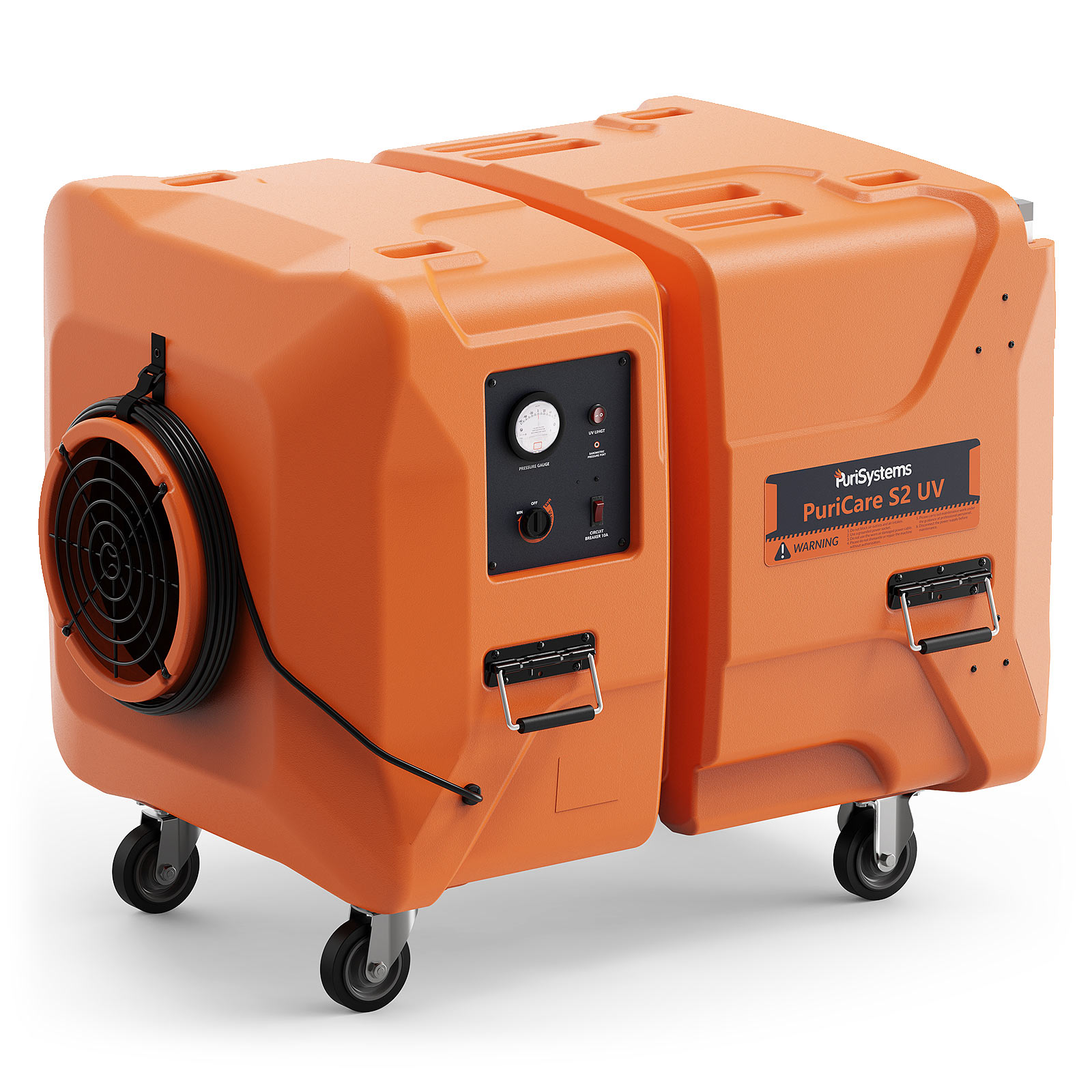
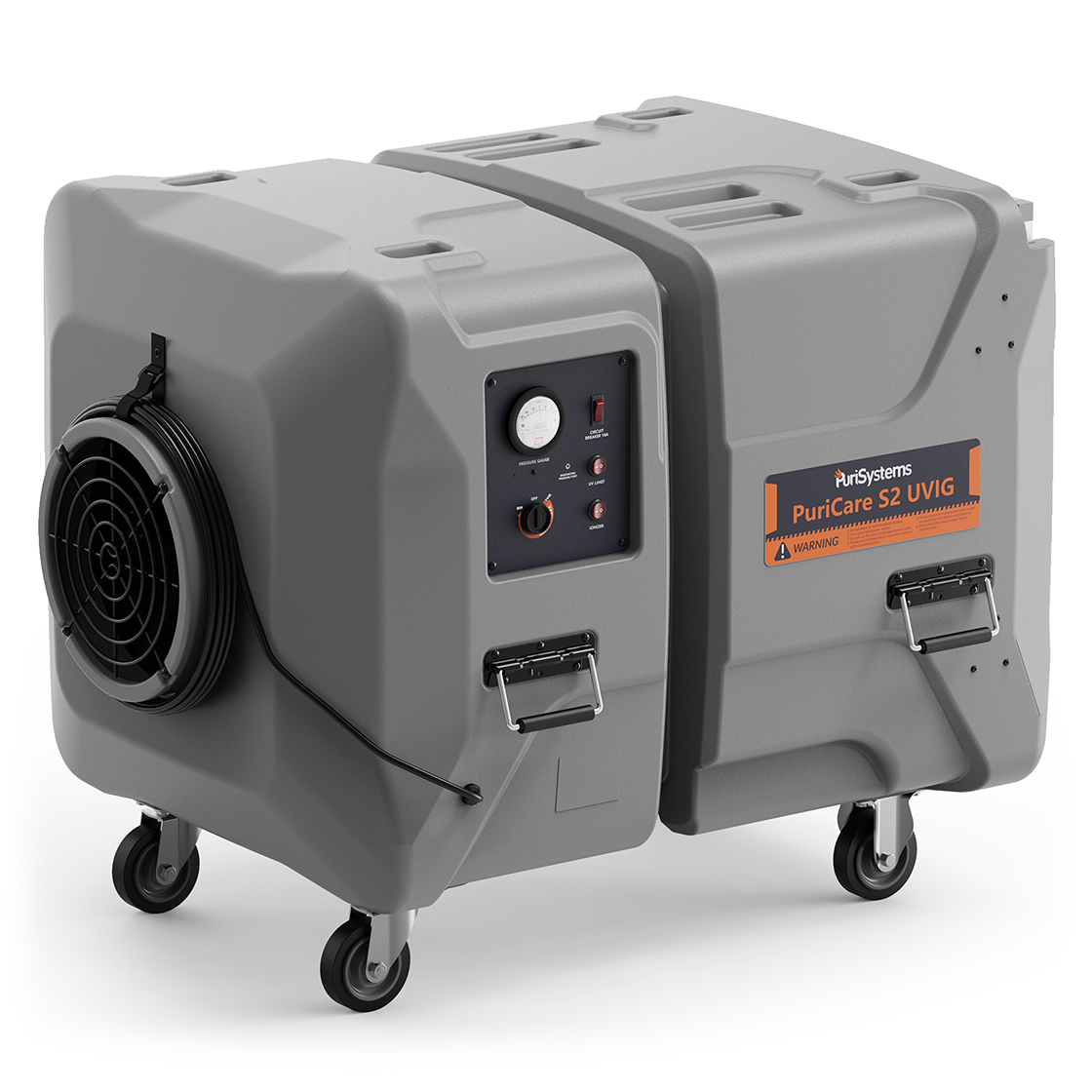
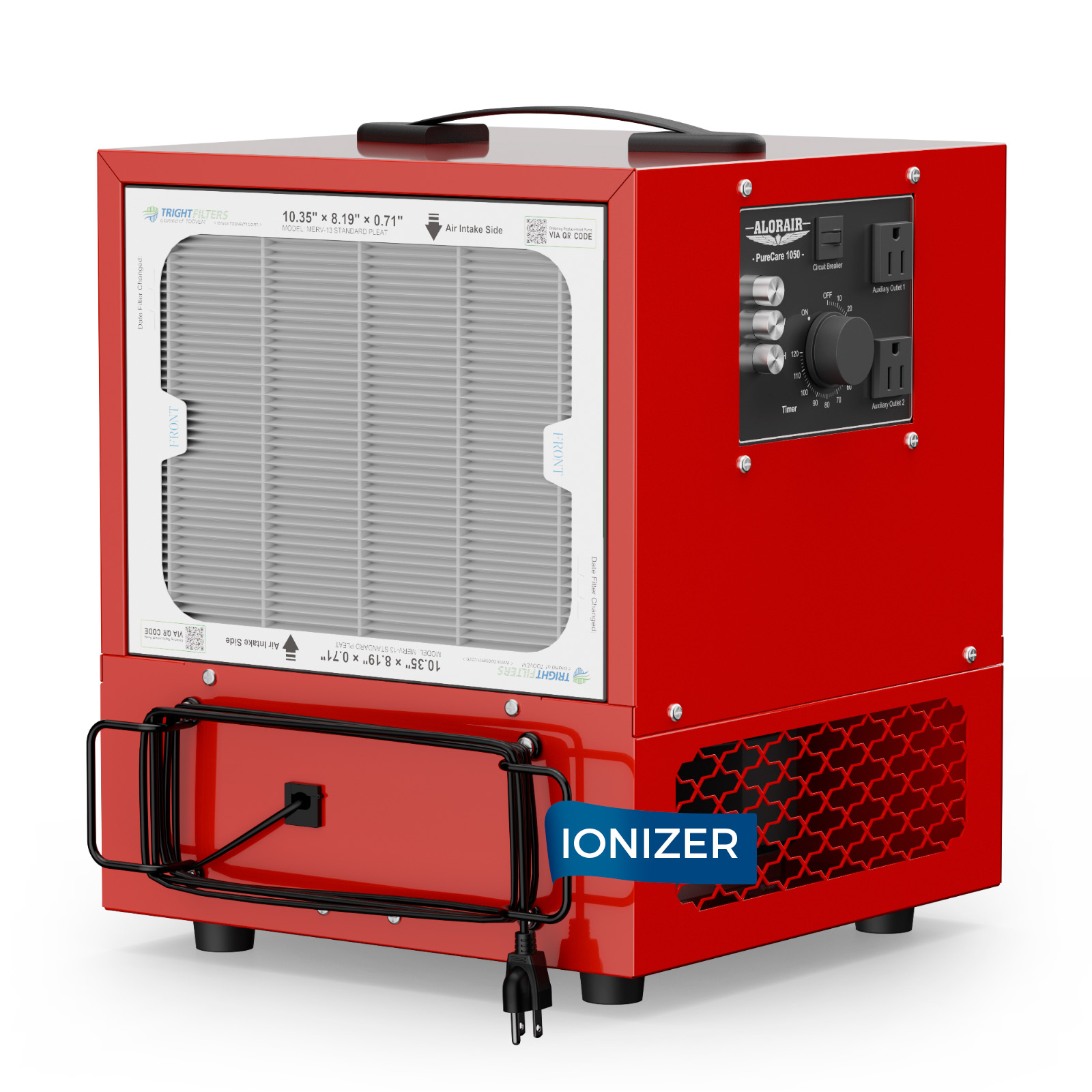
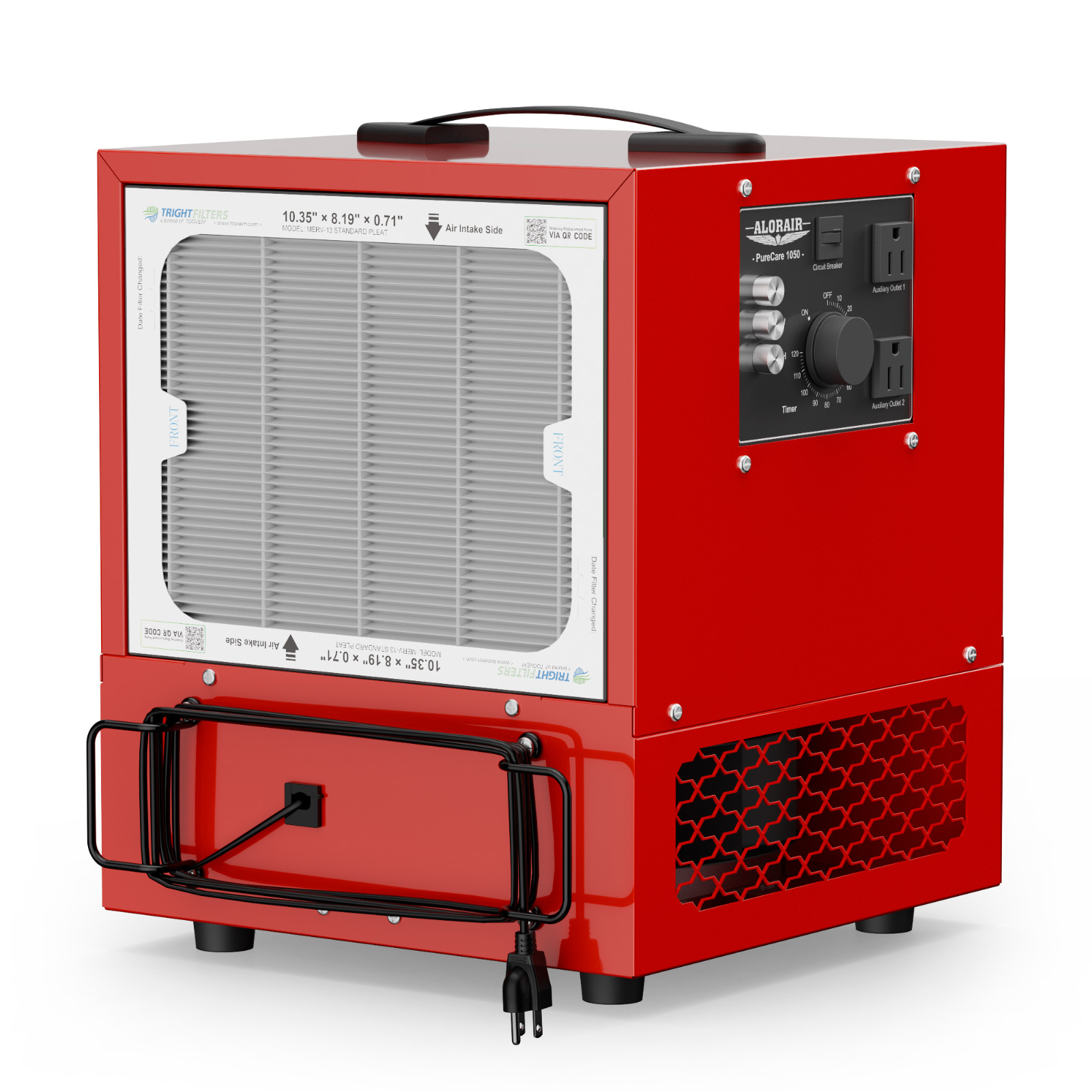
.jpg)
.jpg)
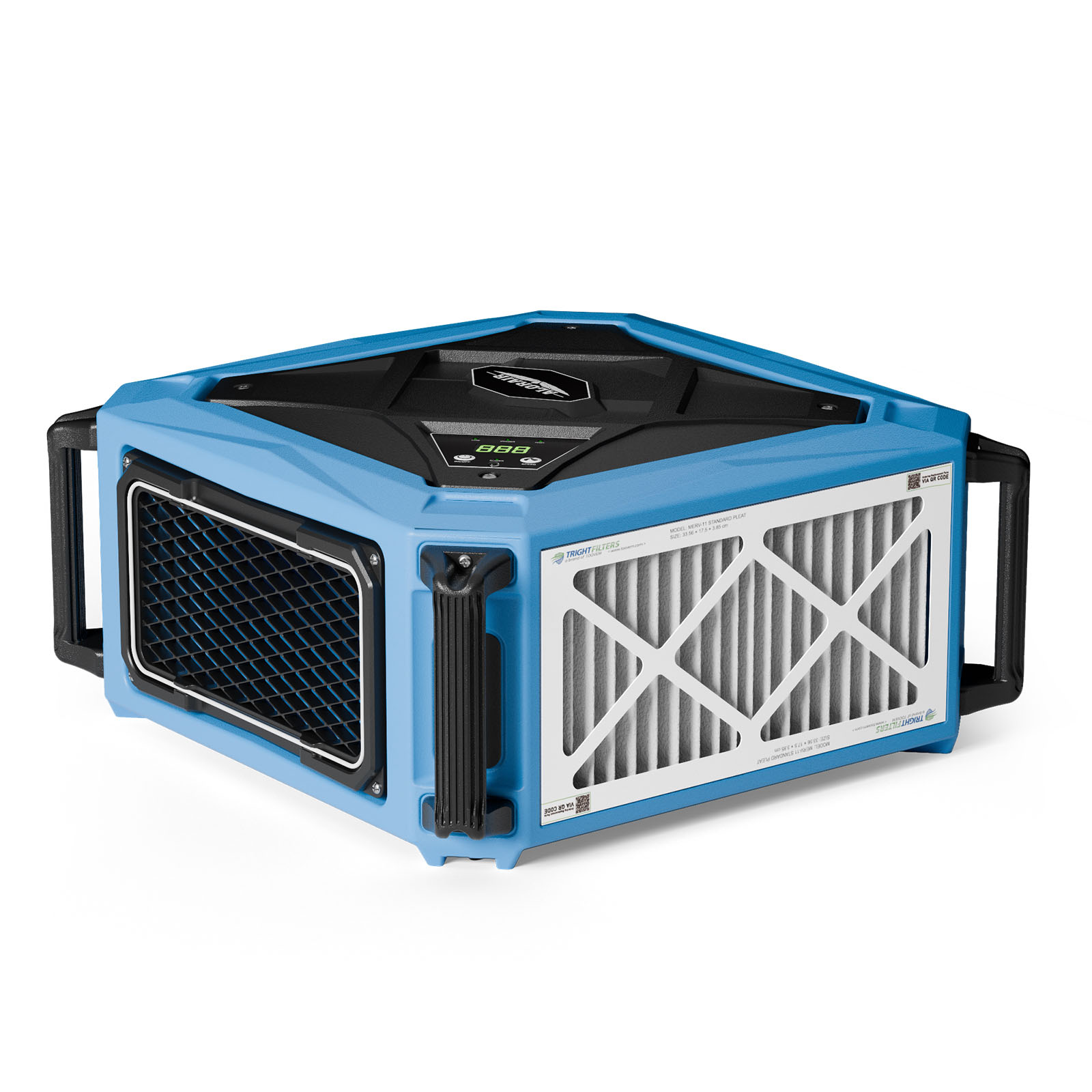
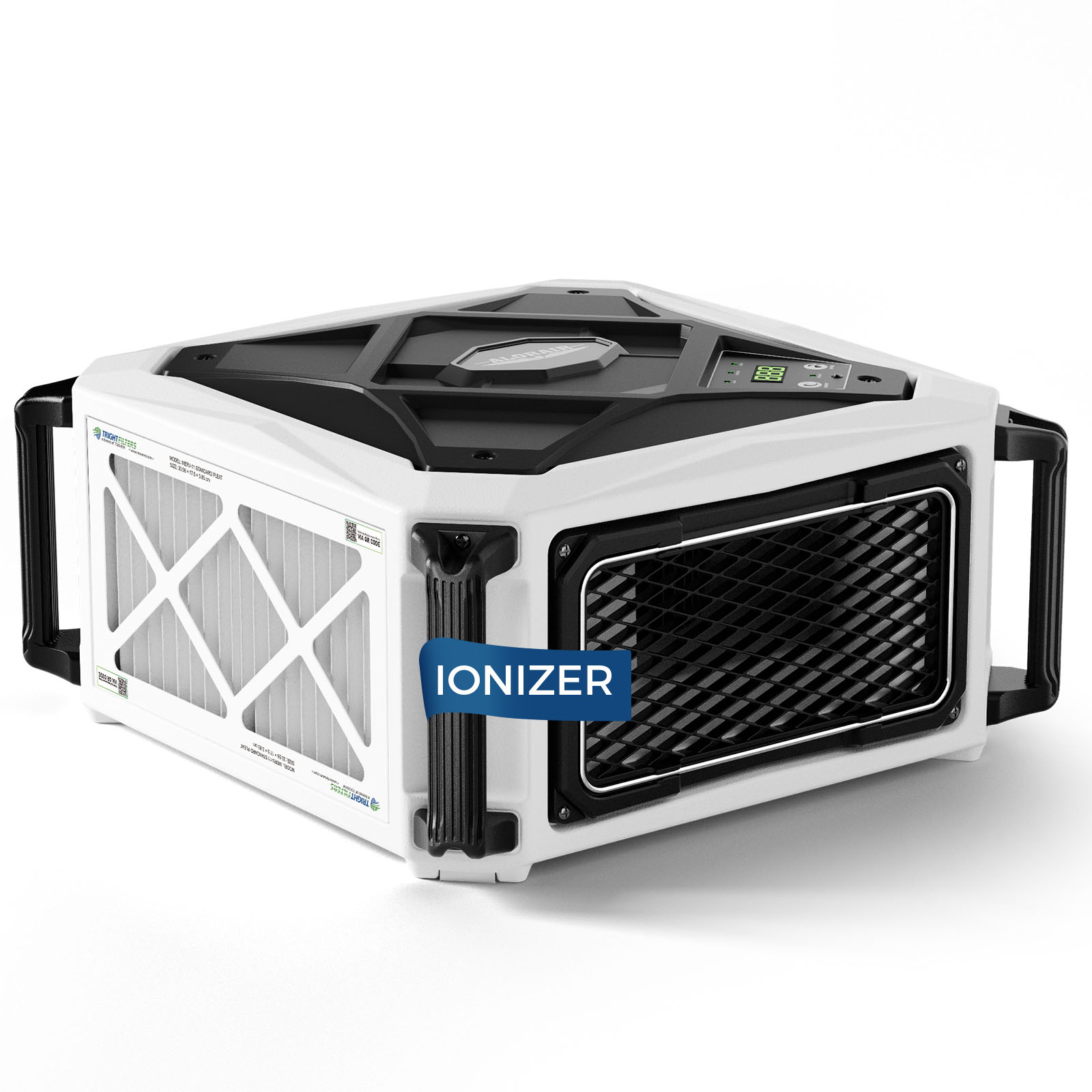
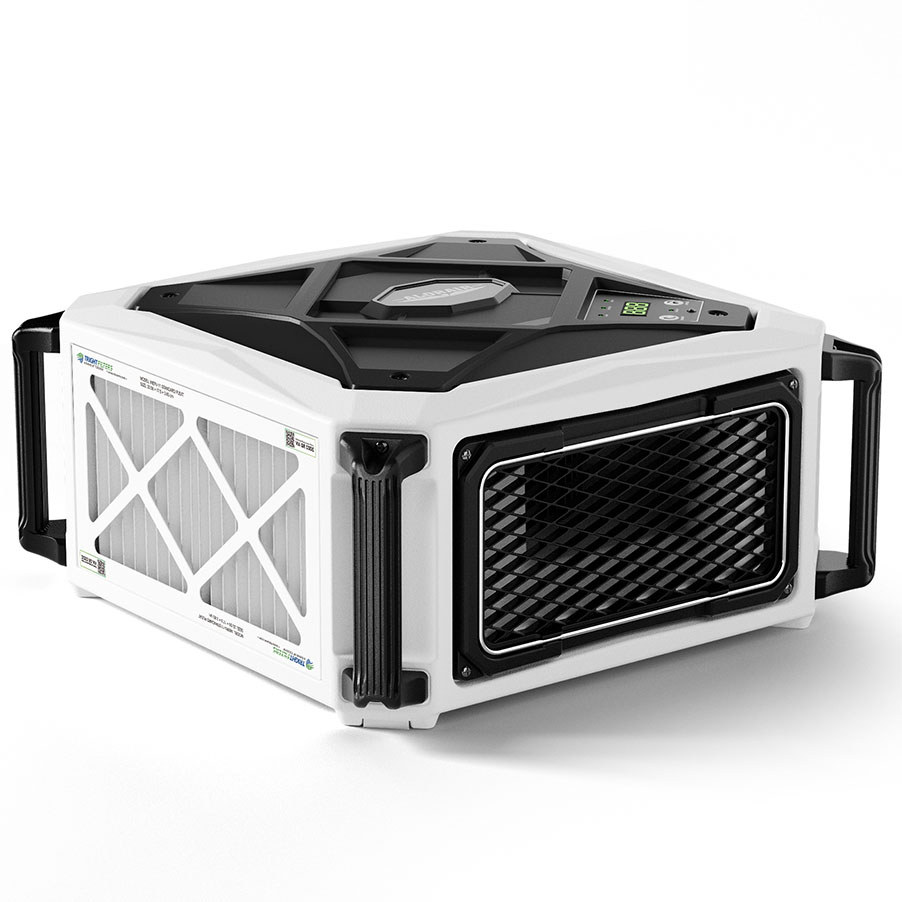
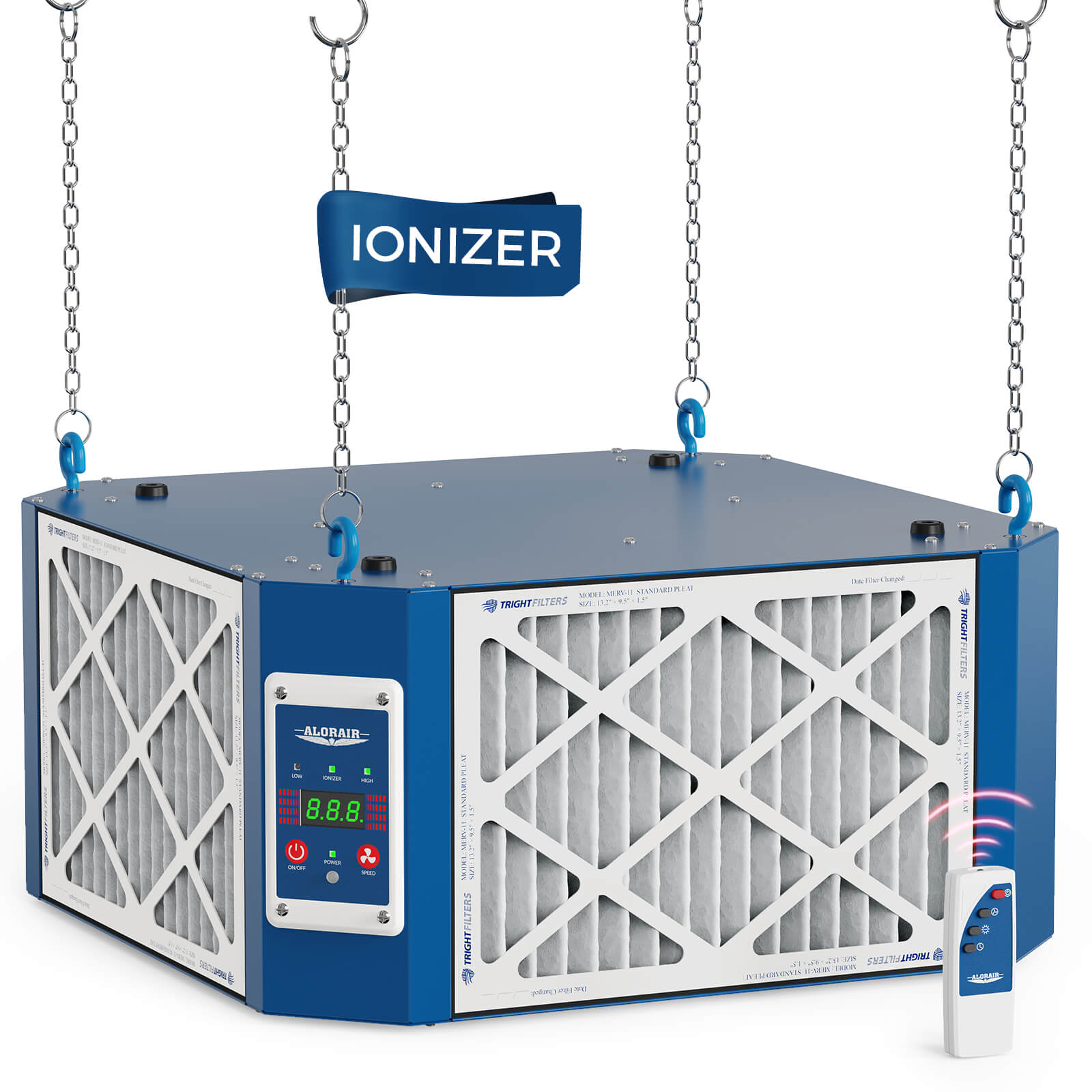
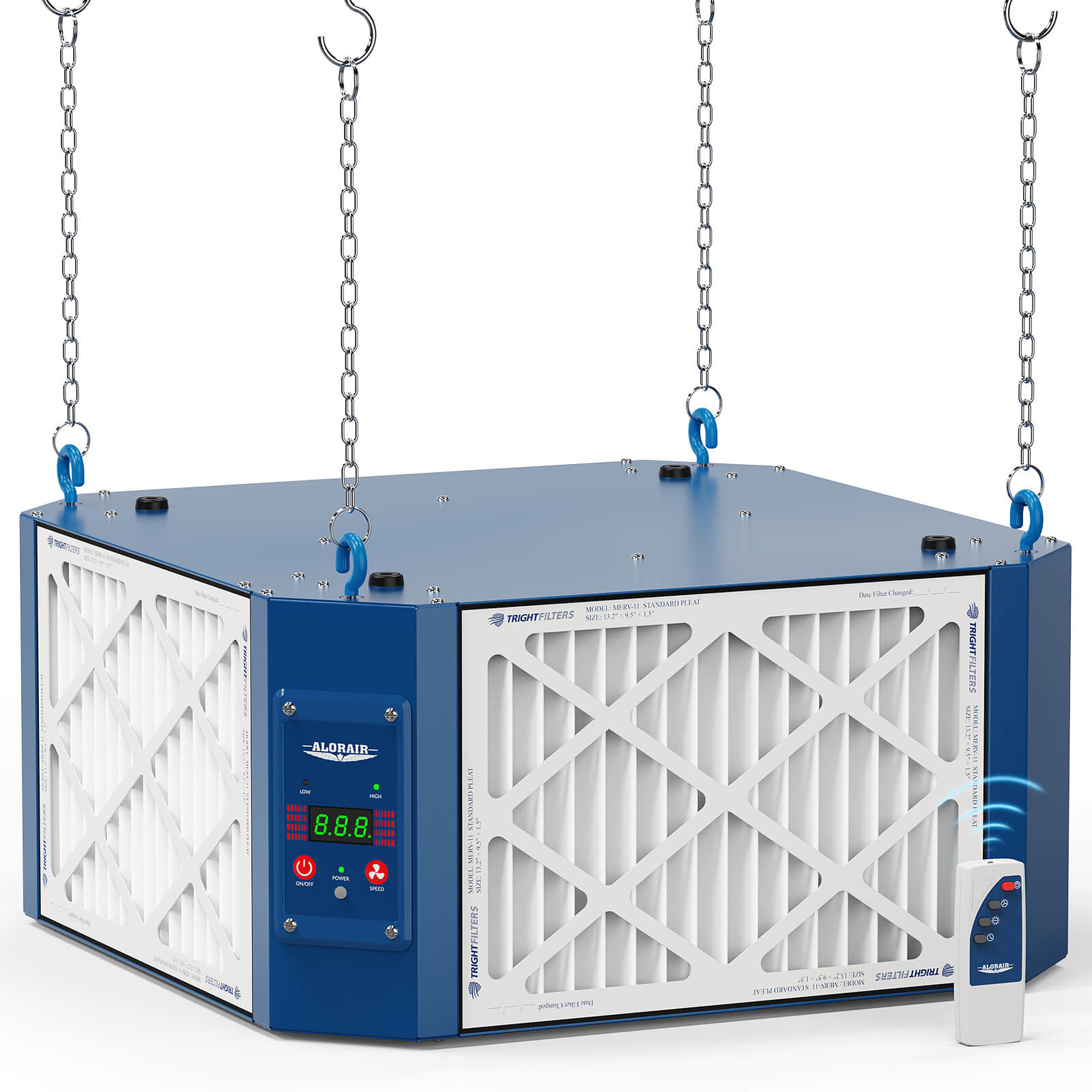
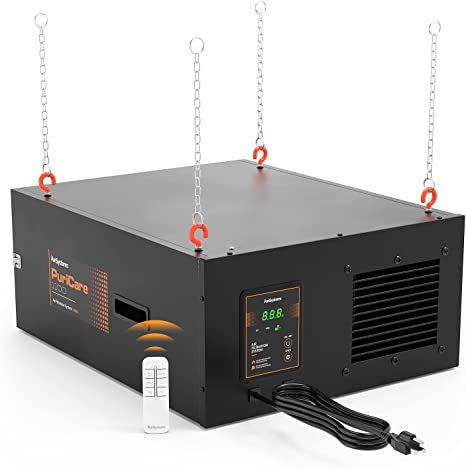
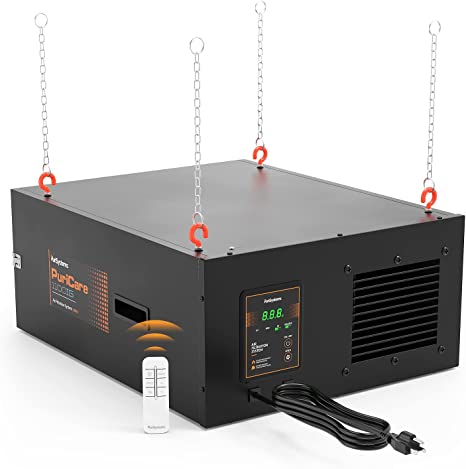
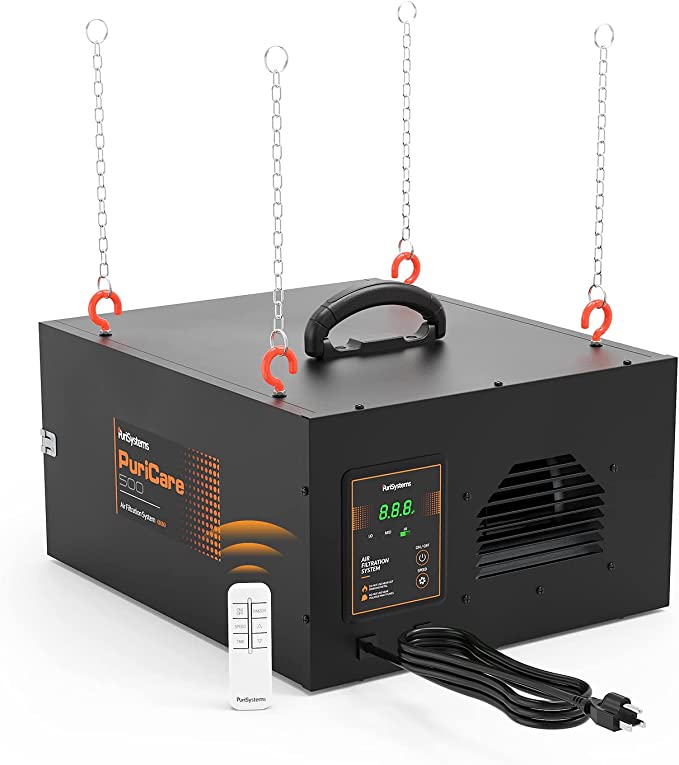
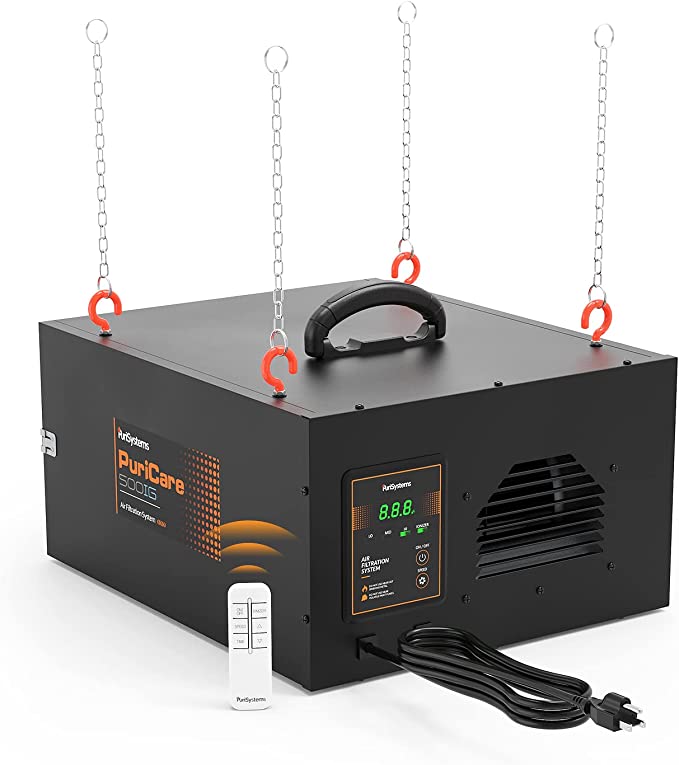
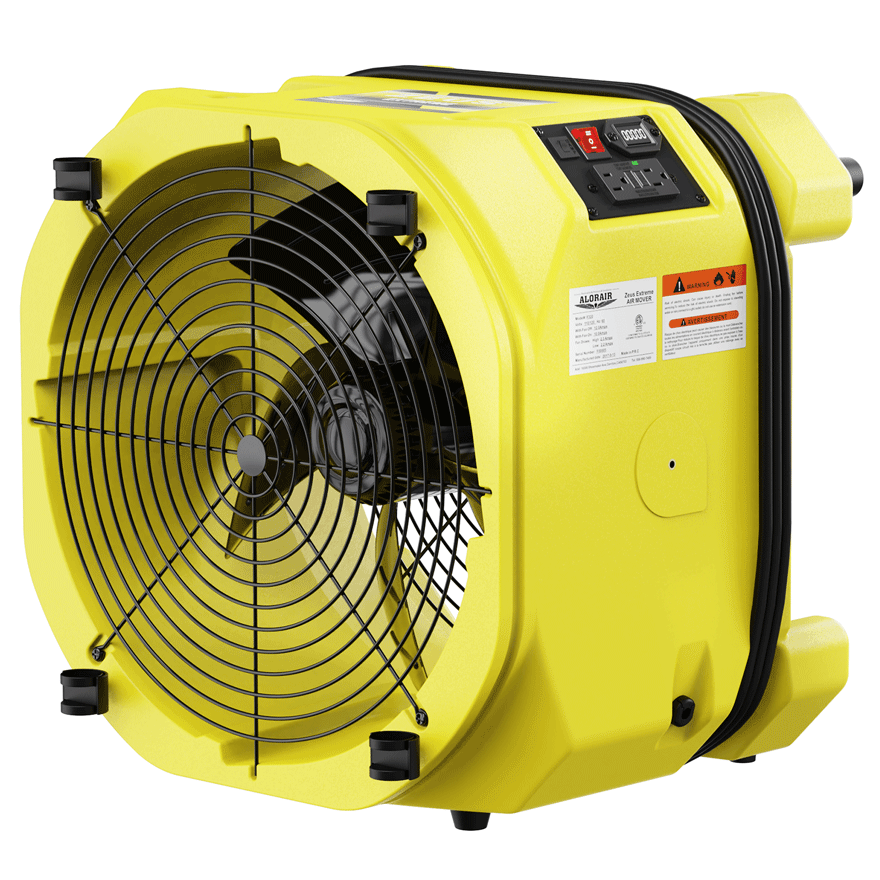
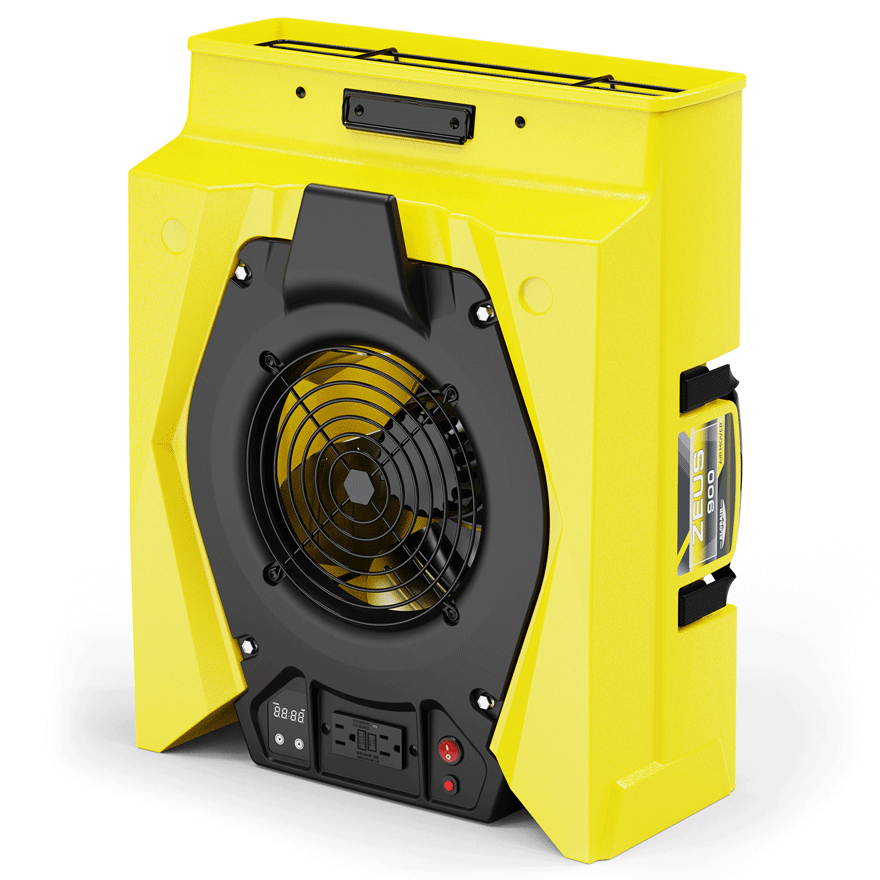
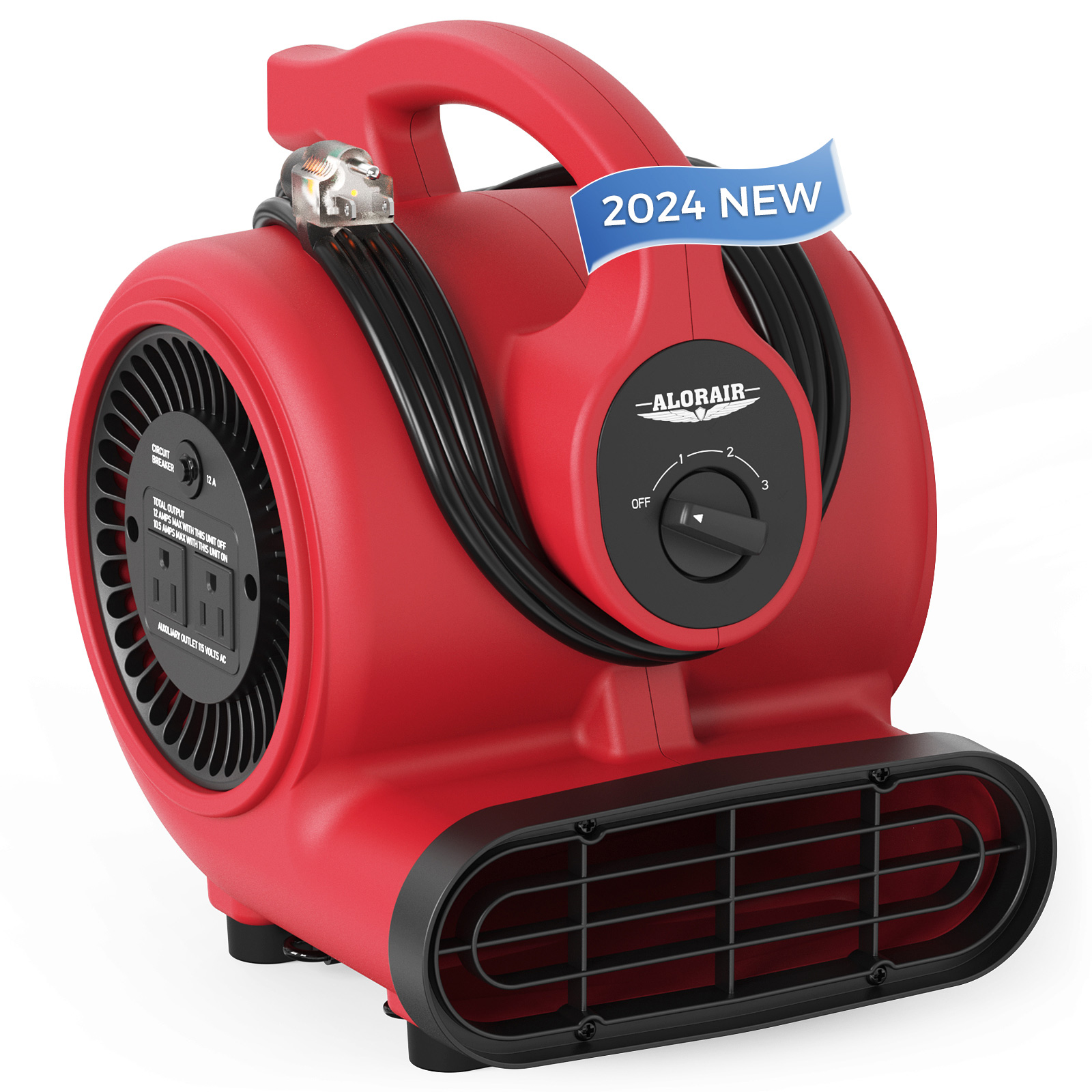
.webp)
.webp)
.webp)
.webp)
.jpg)
.jpg)
.jpg)
.jpg)
.jpg)
.jpg)
.jpg)
.jpg)
.jpg)
.jpg)
.jpg)
.jpg)
.jpg)
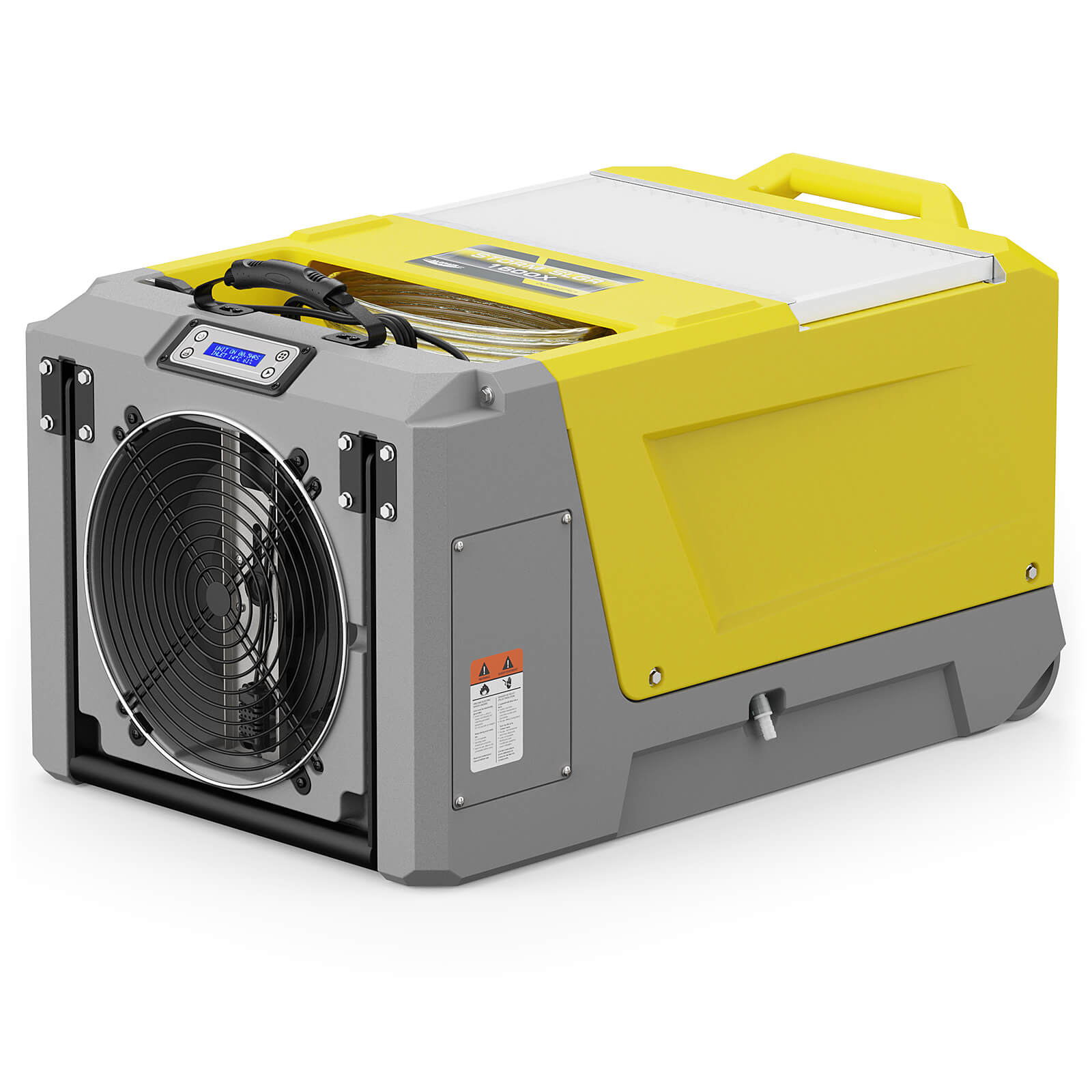
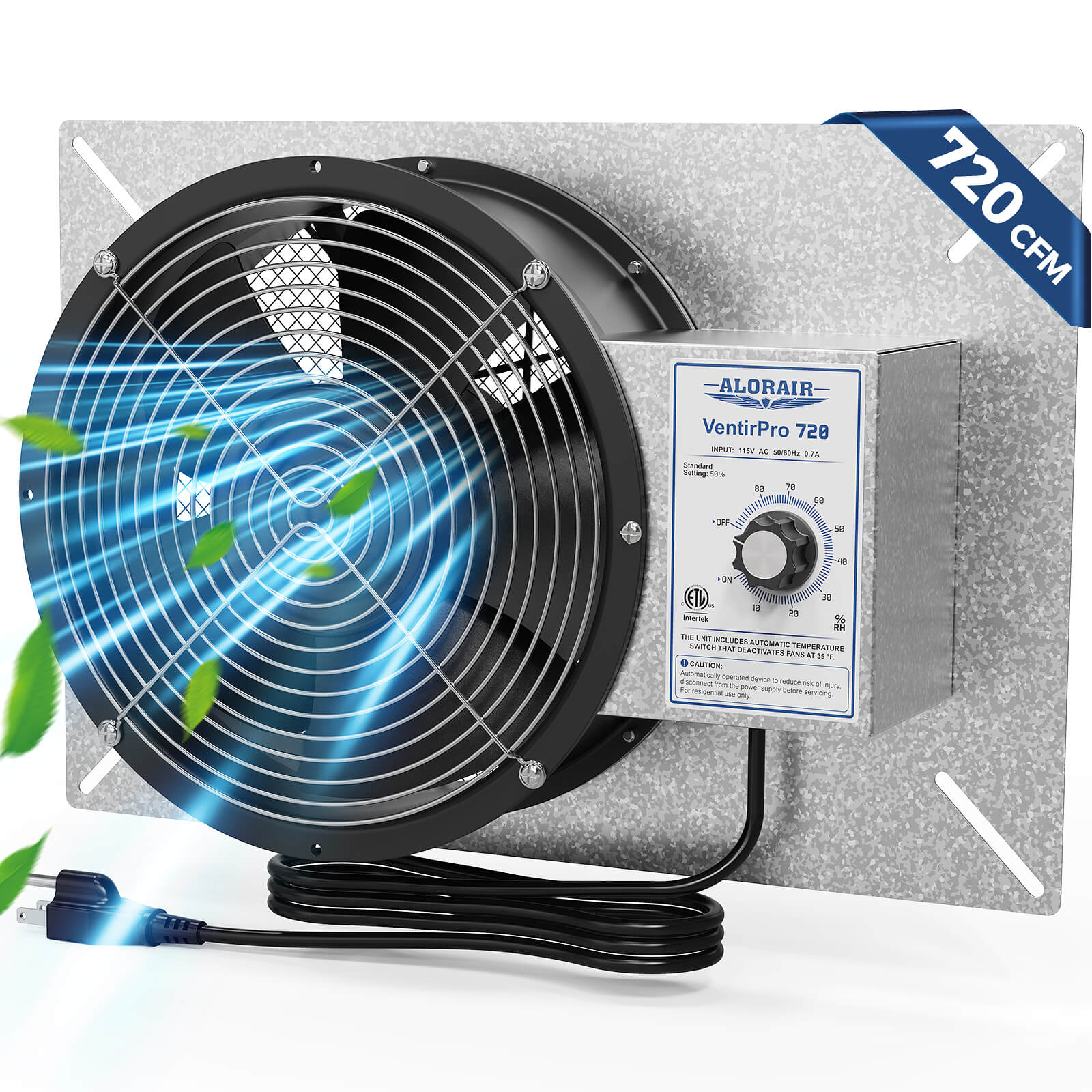
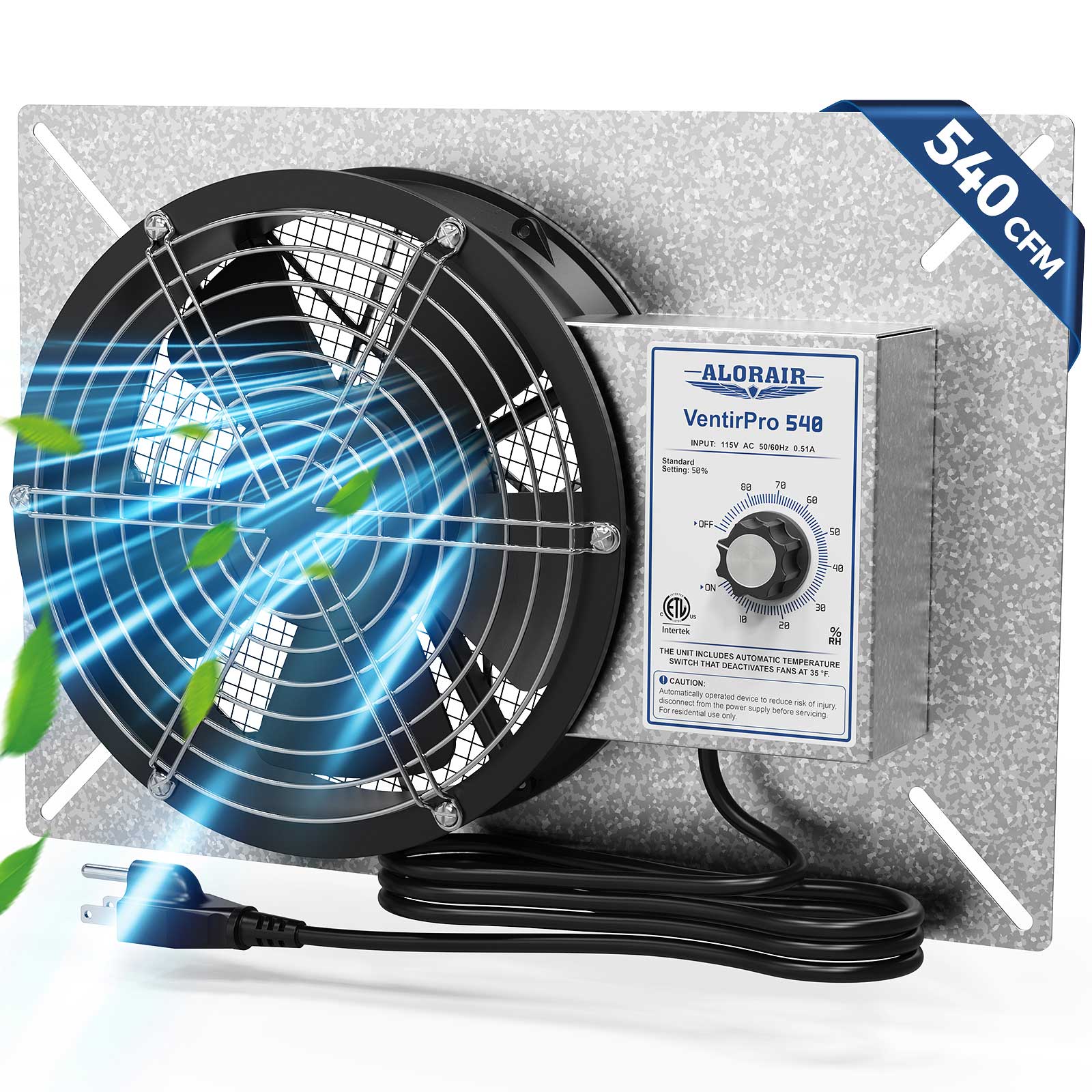
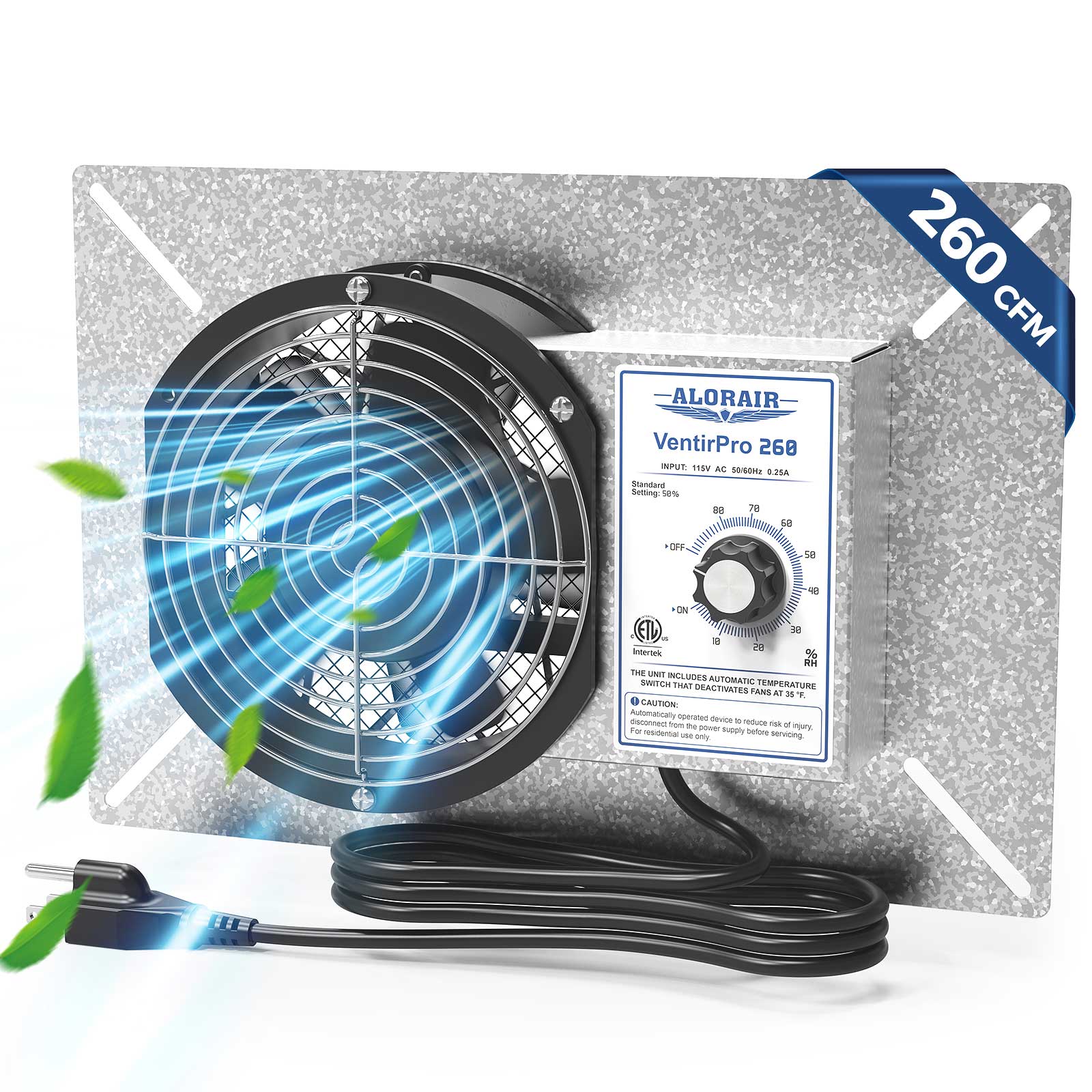
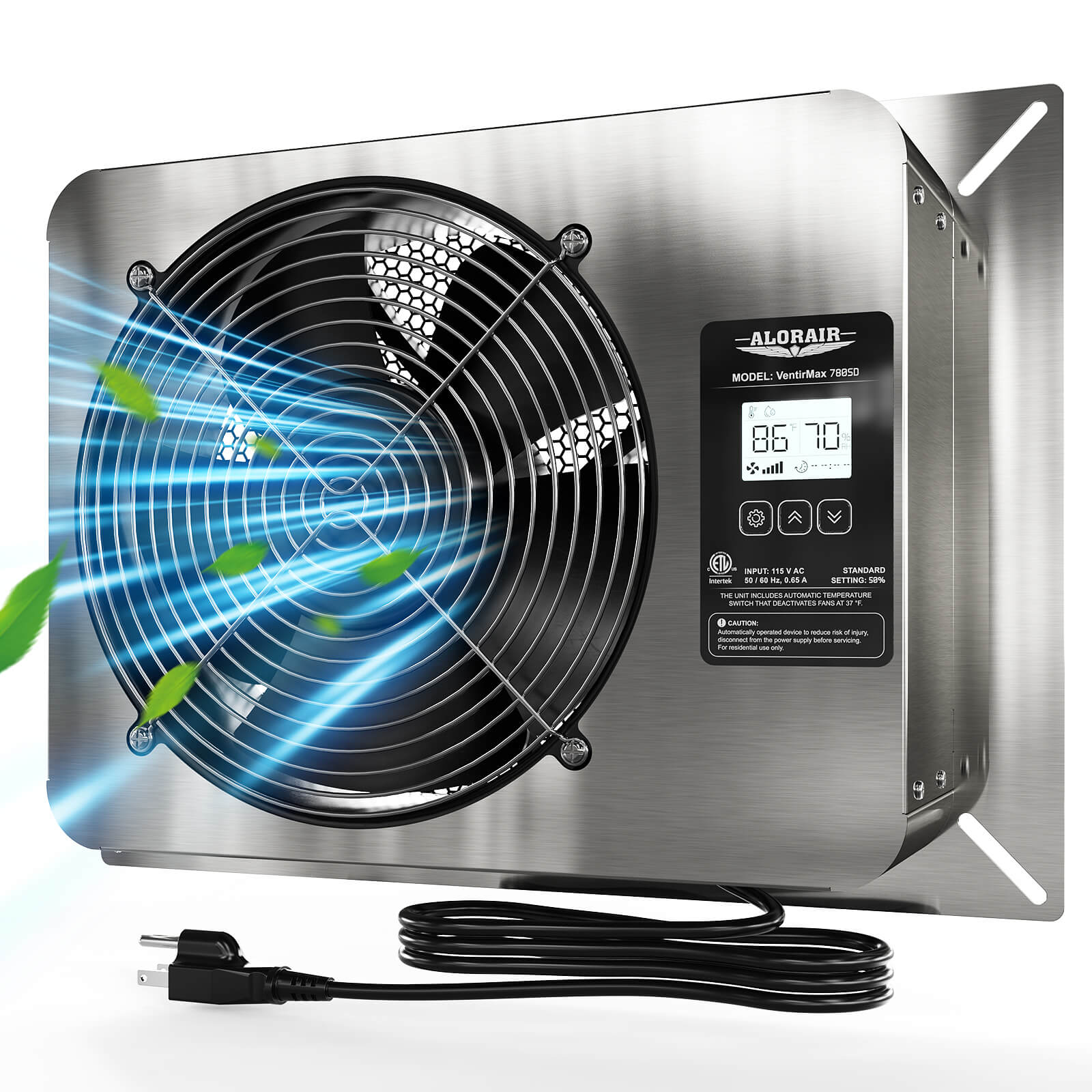
.jpg)
.jpg)
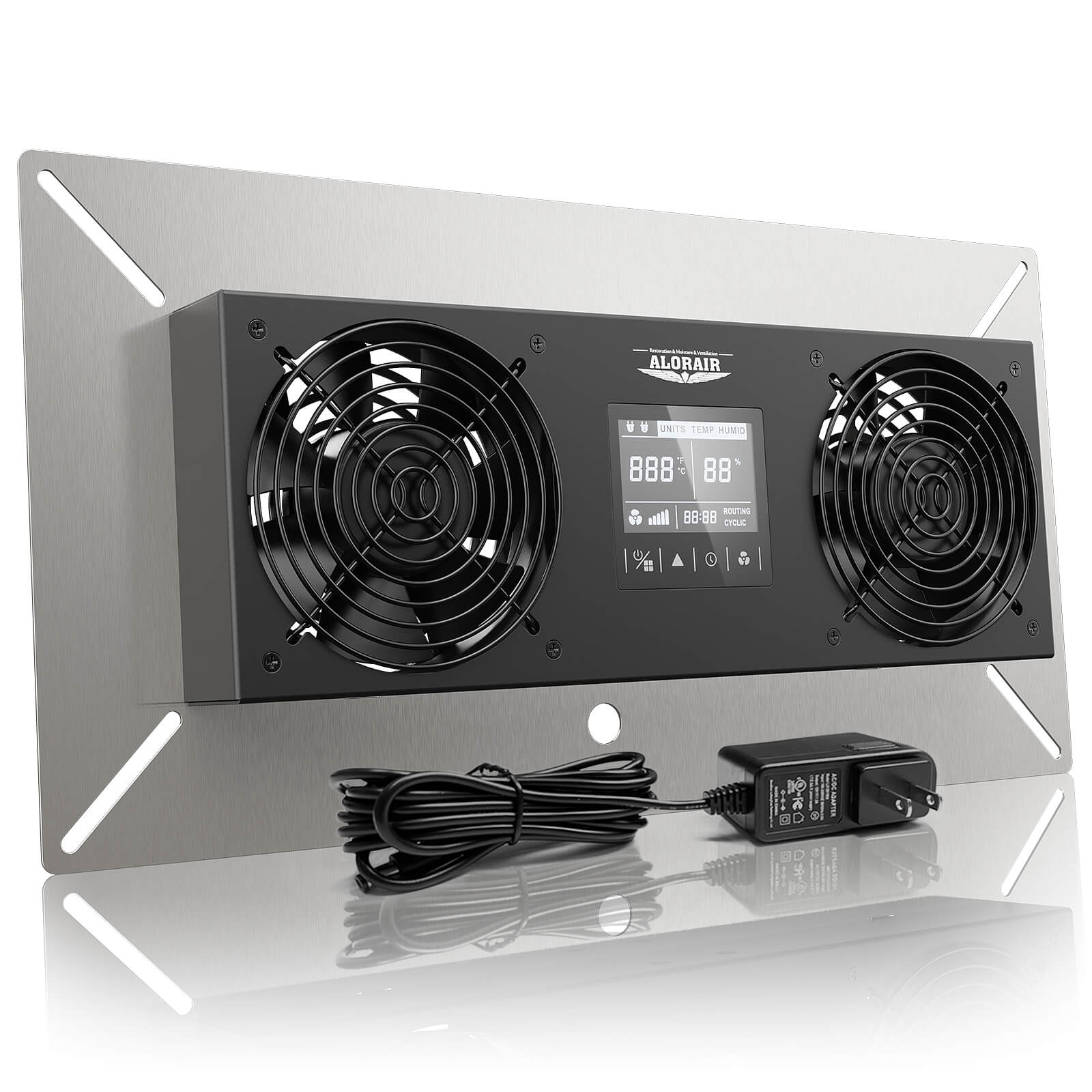
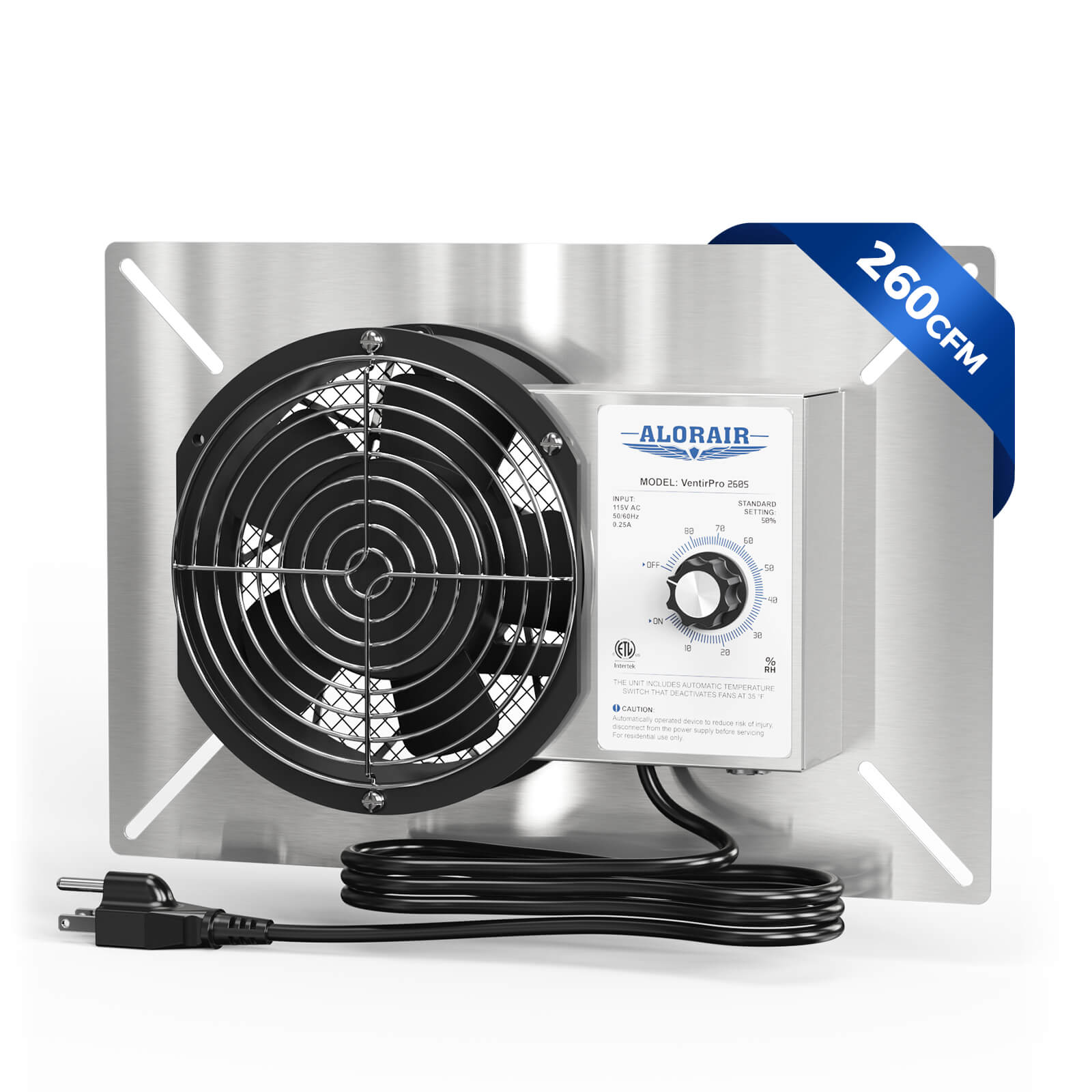
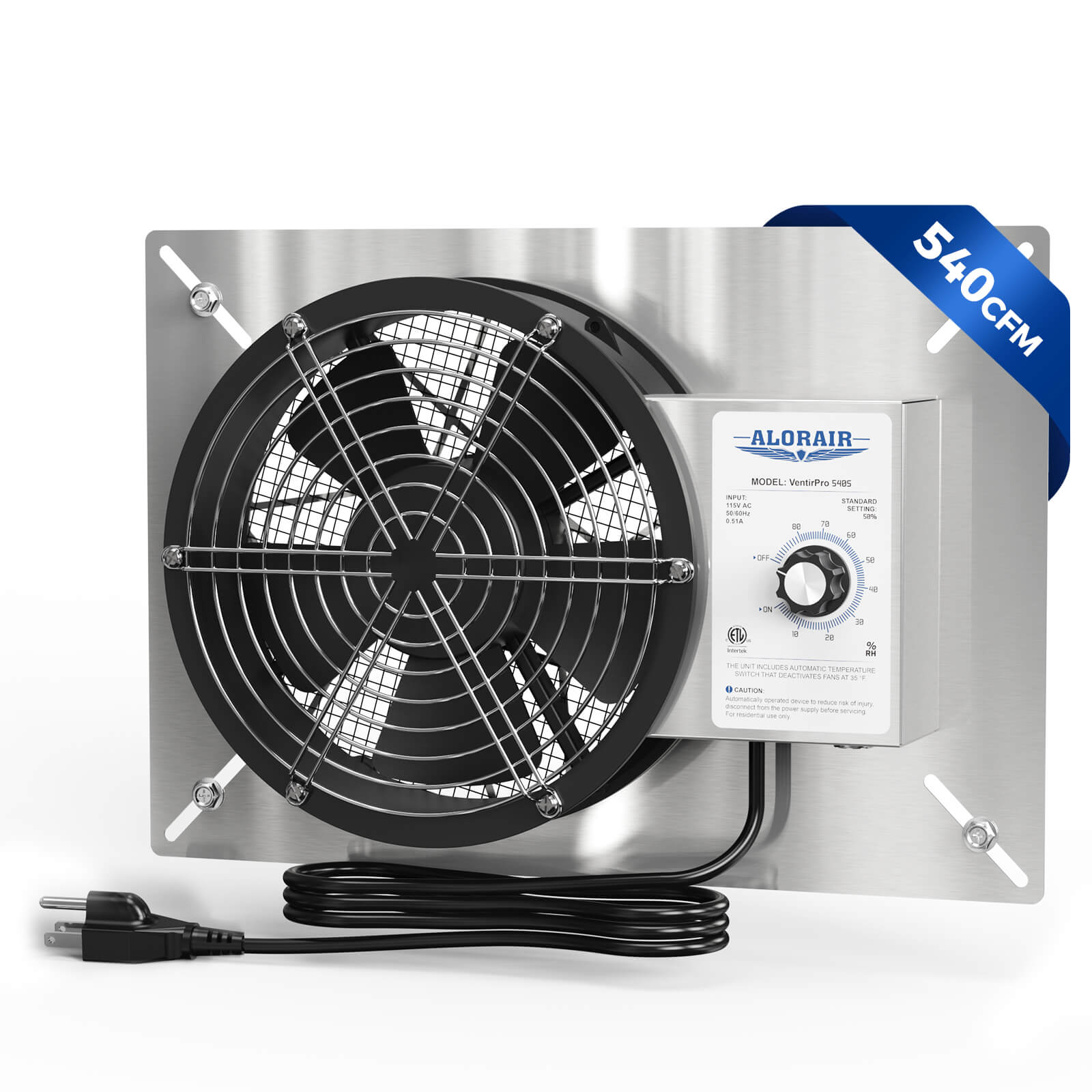
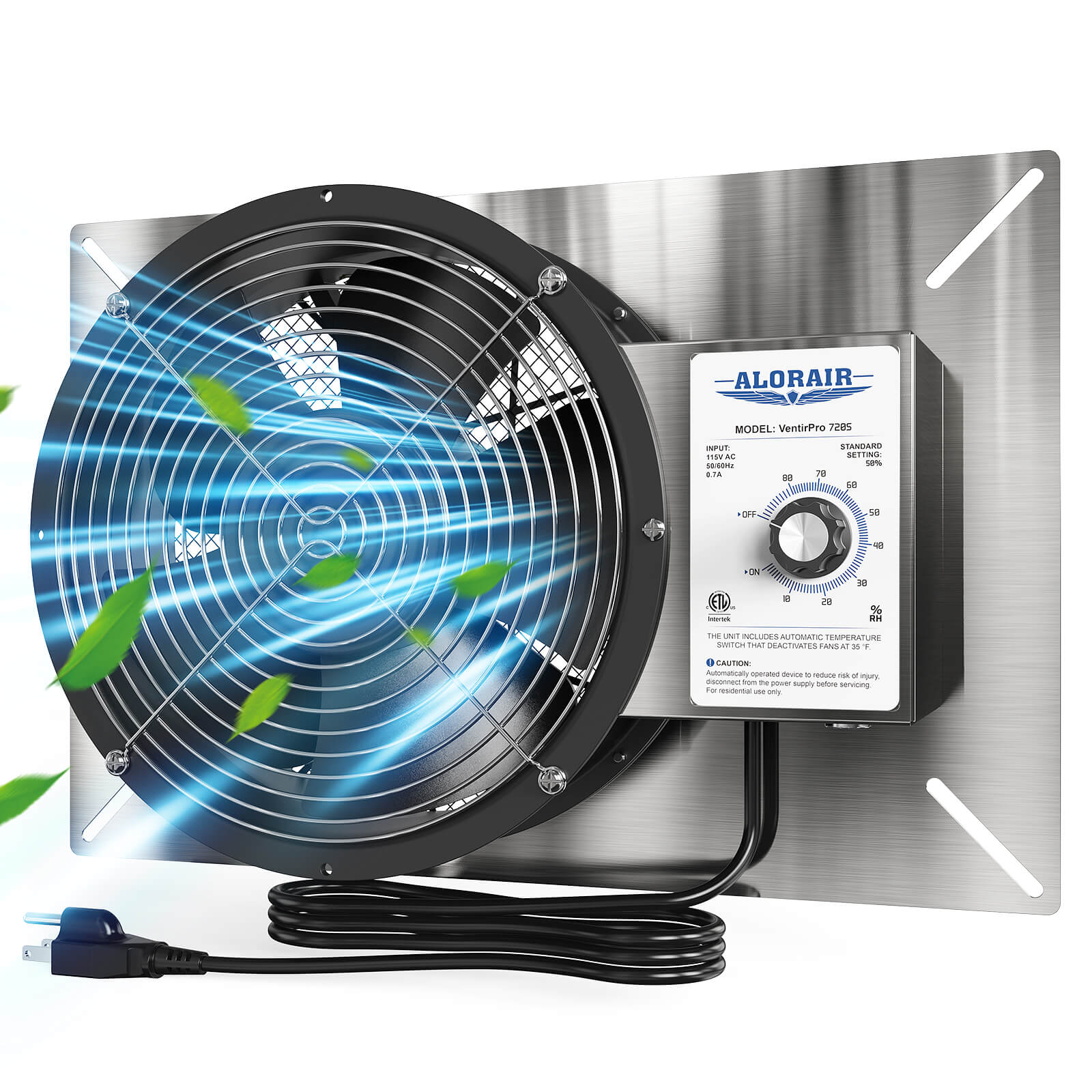
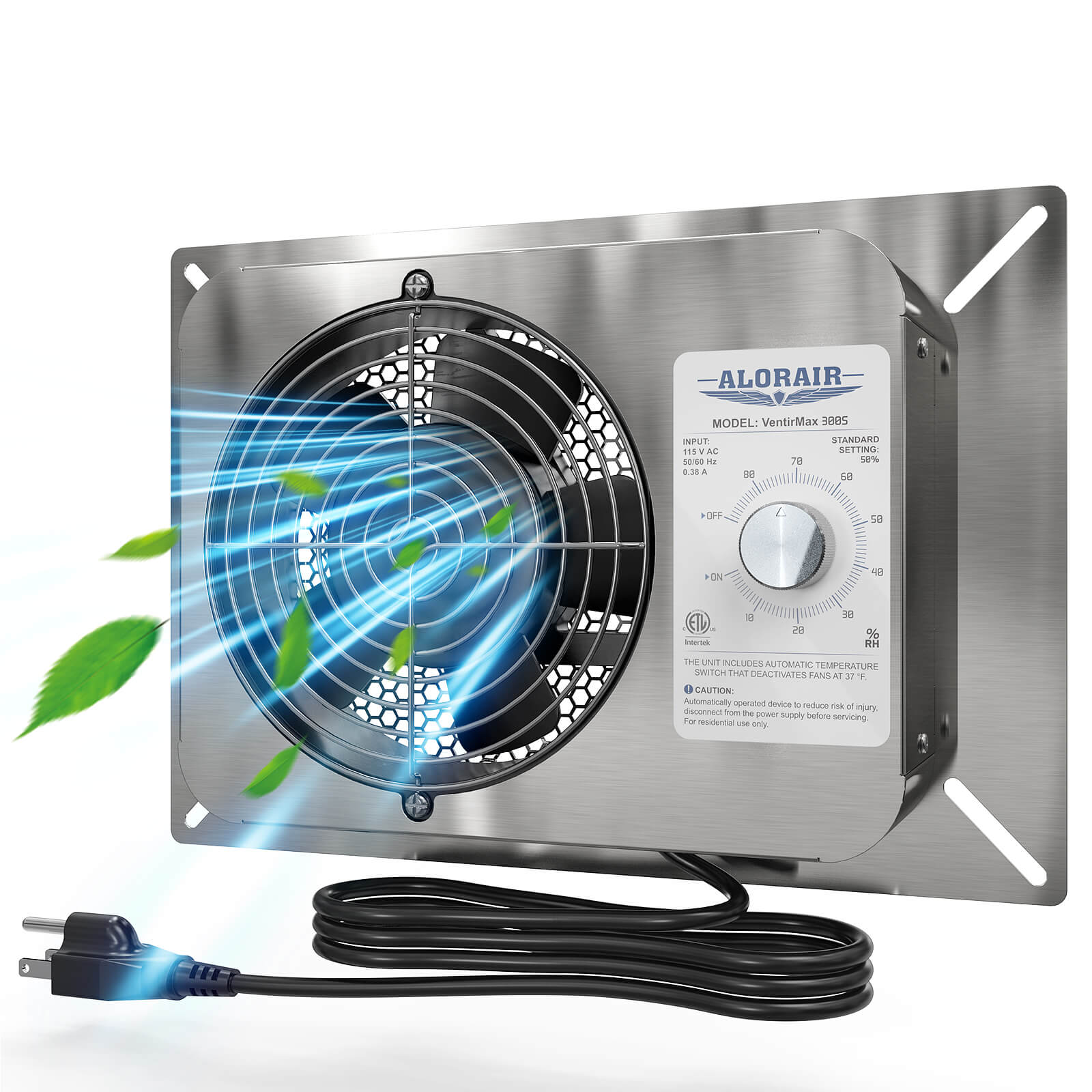
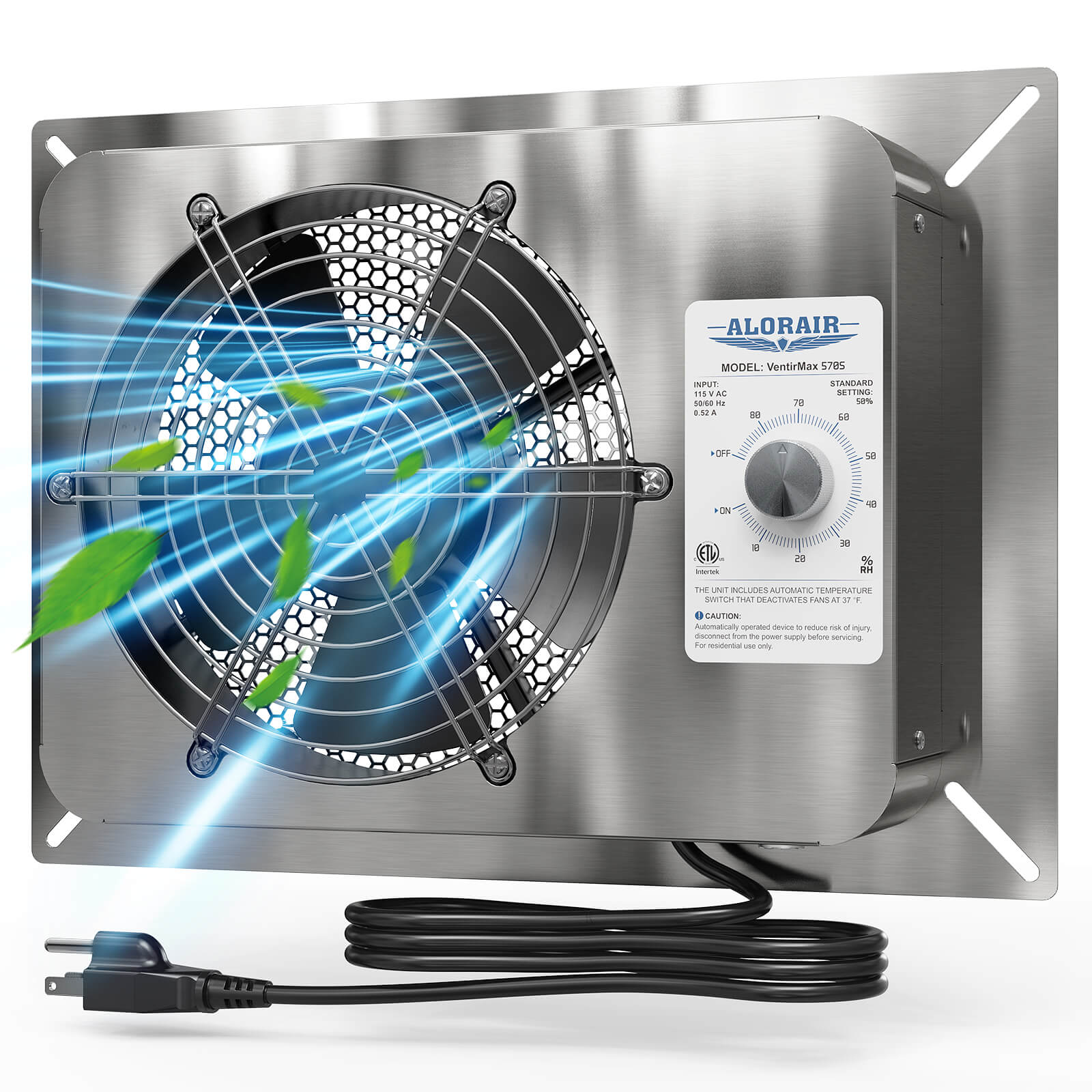
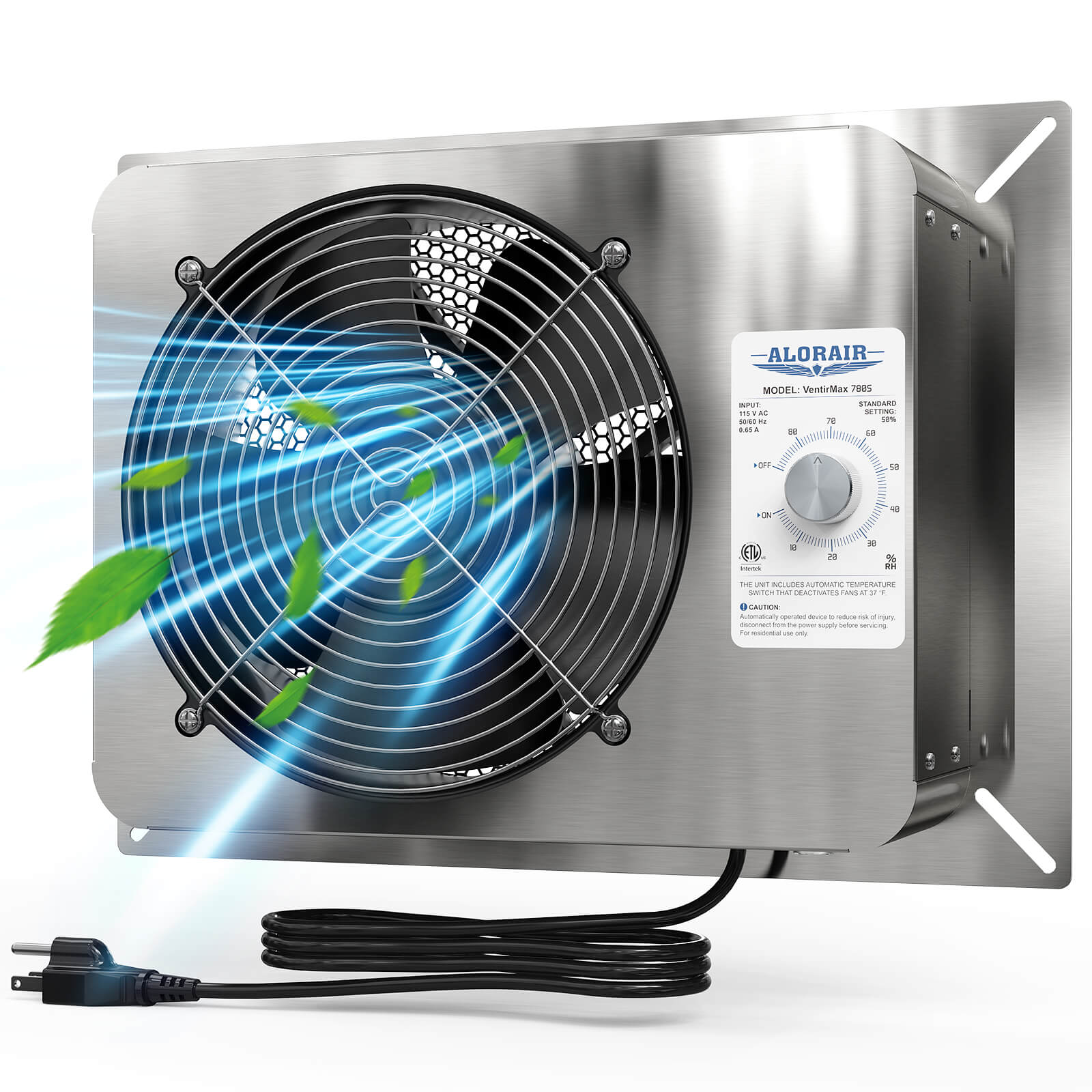
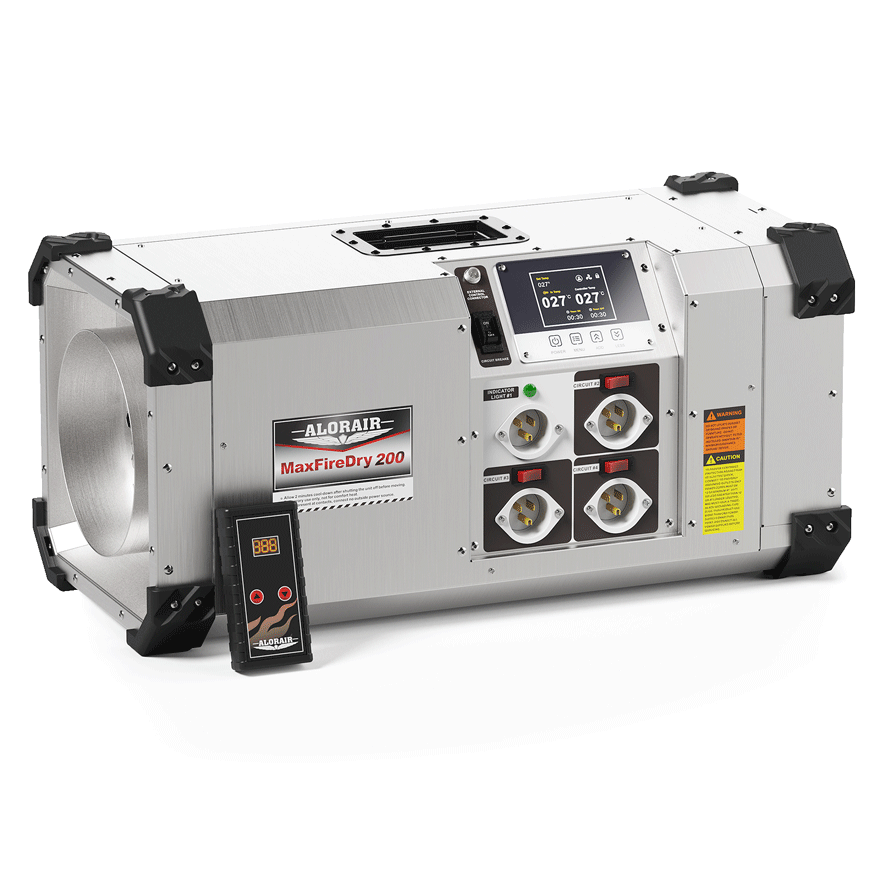




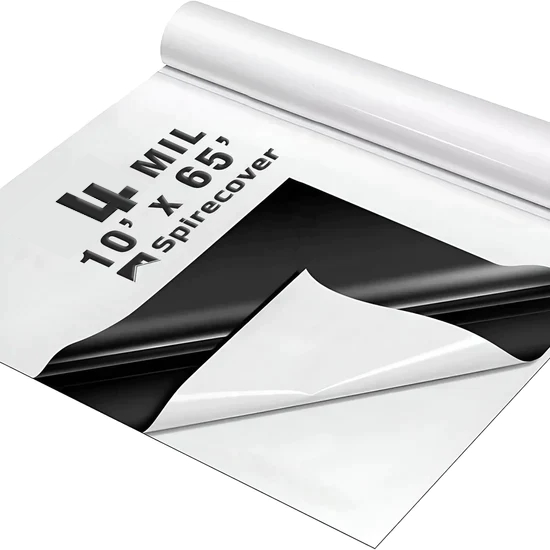
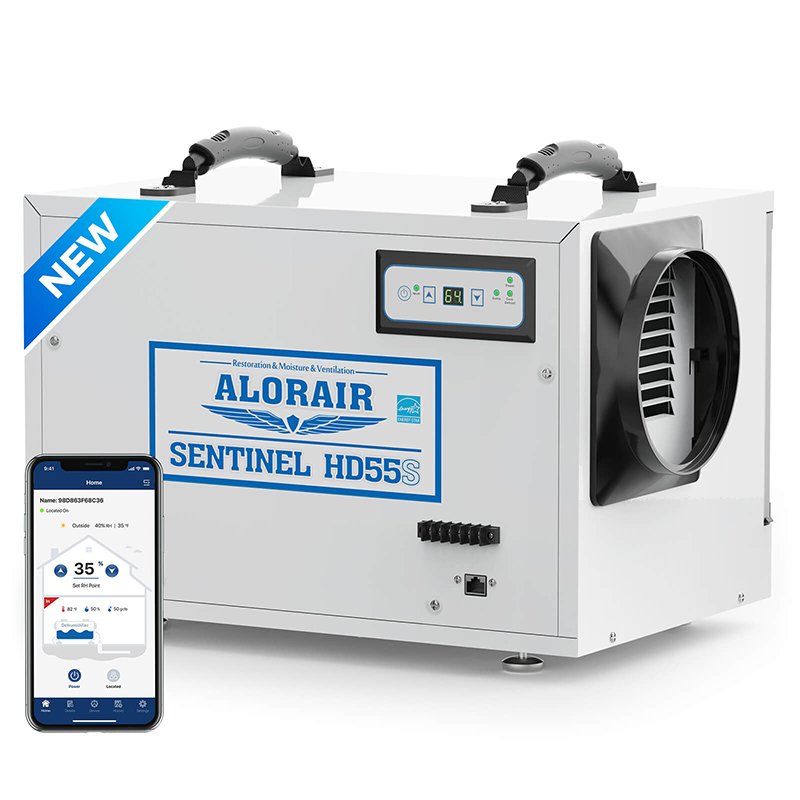
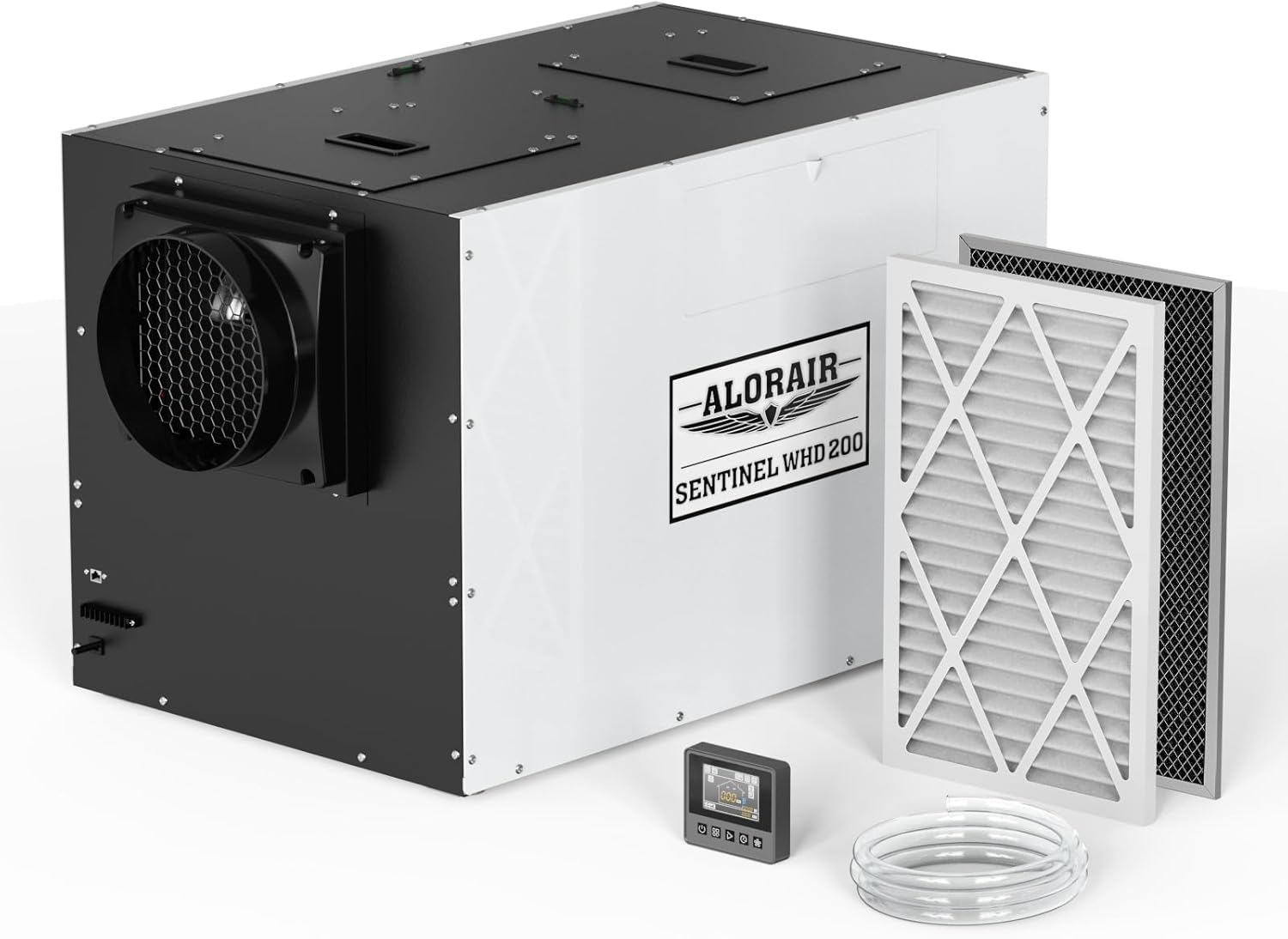
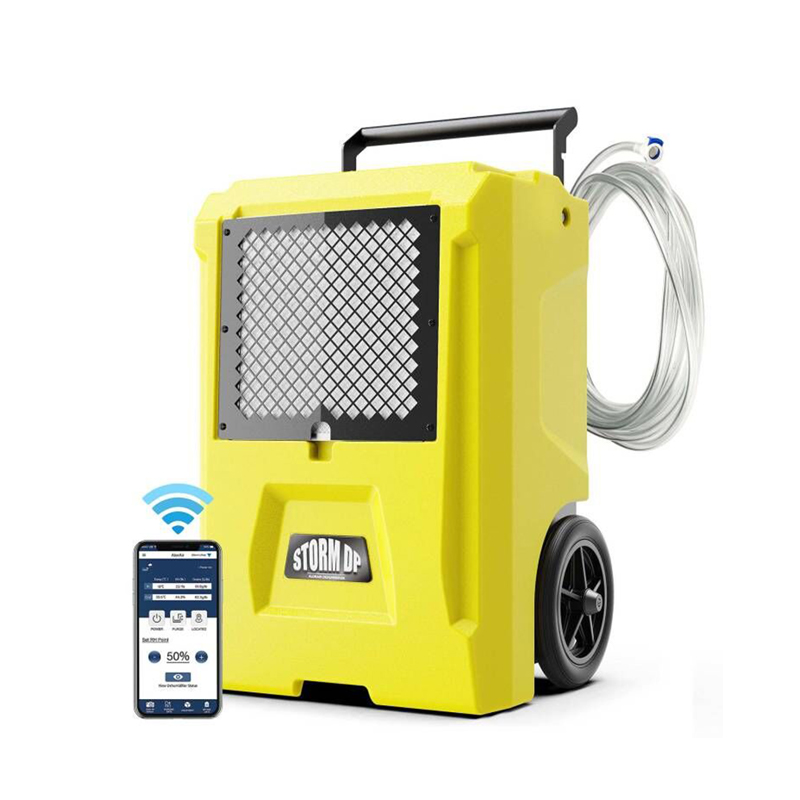
-.jpg)
.jpg)
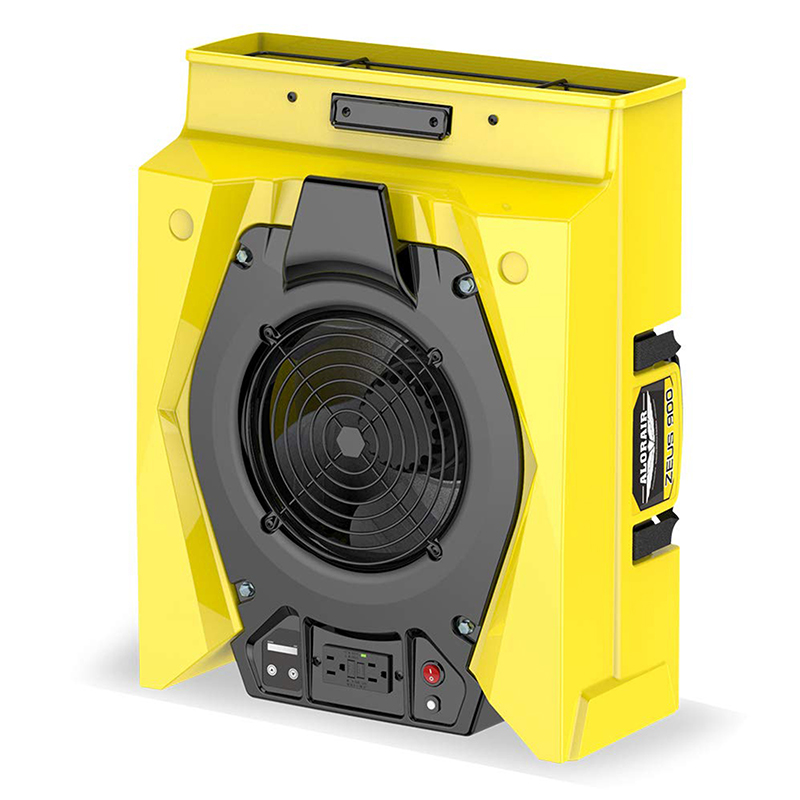
.jpg)
.jpg)
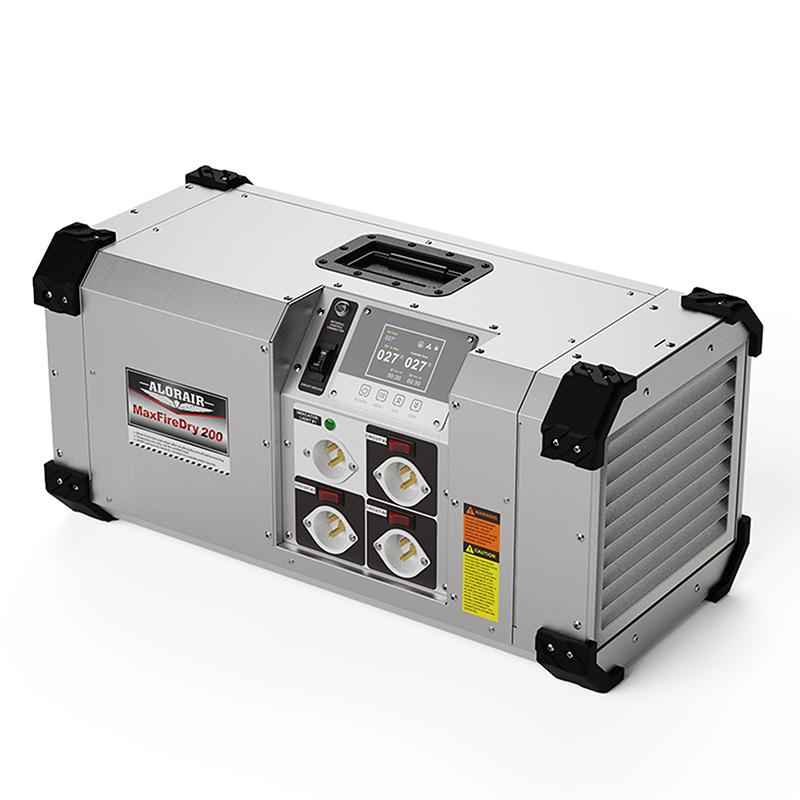
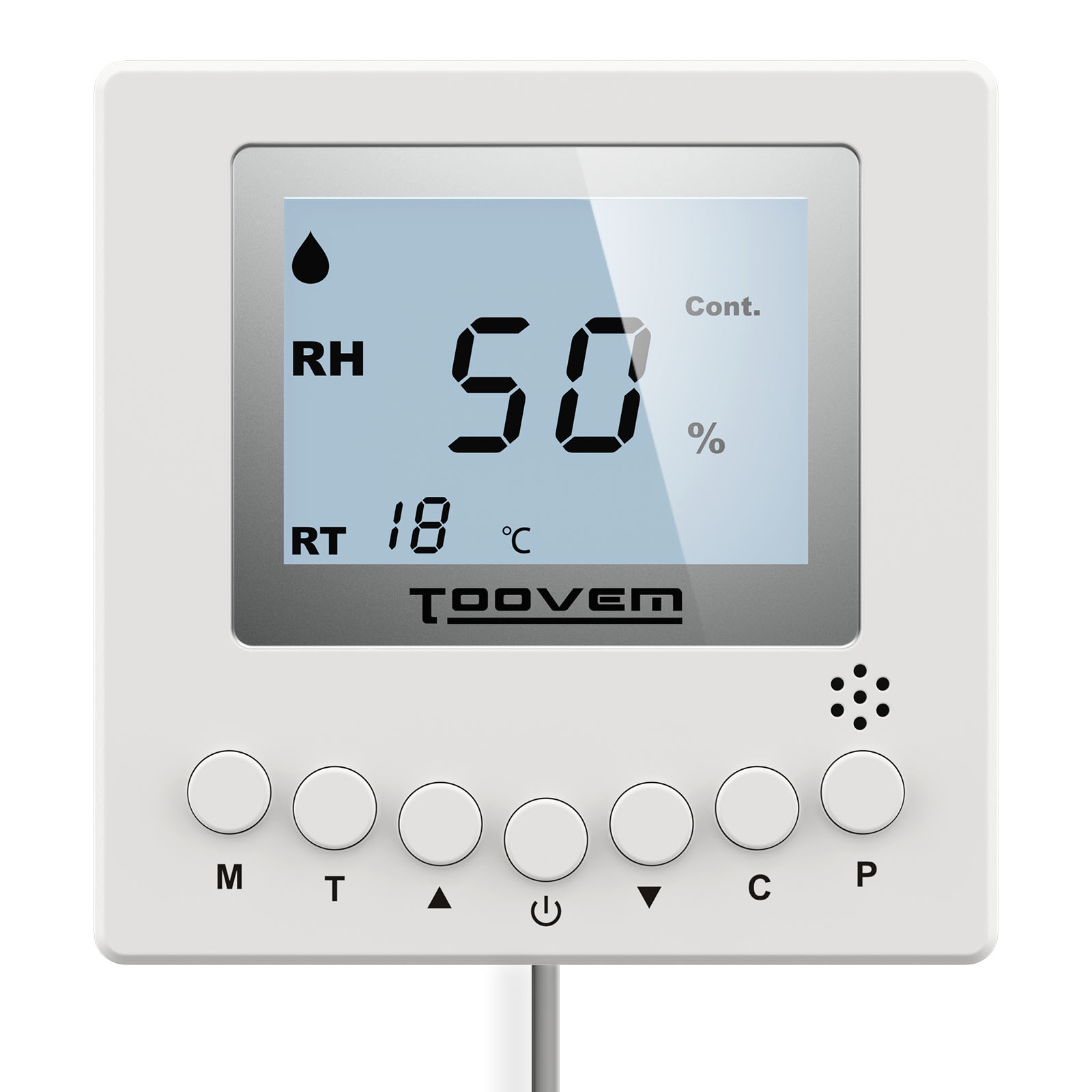
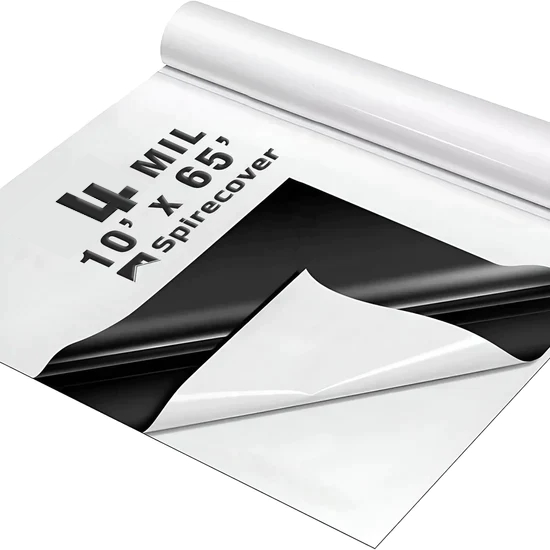
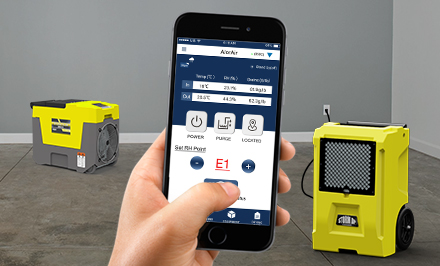

















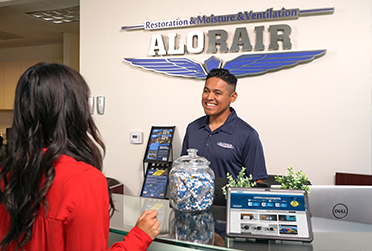
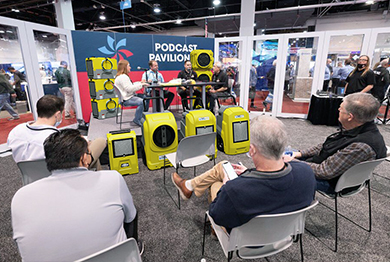





 Exclusive offers
promotions
Exclusive offers
promotions

